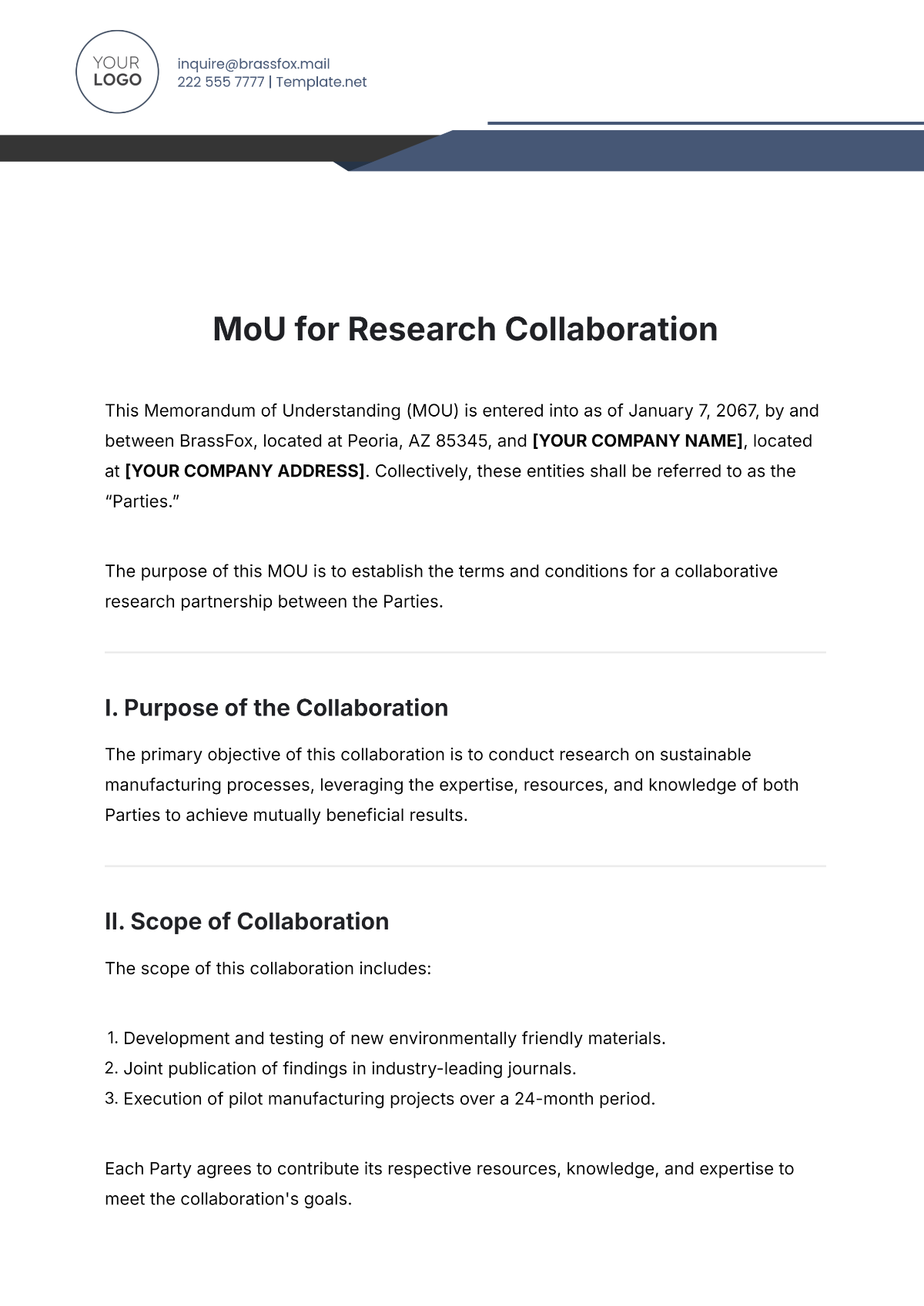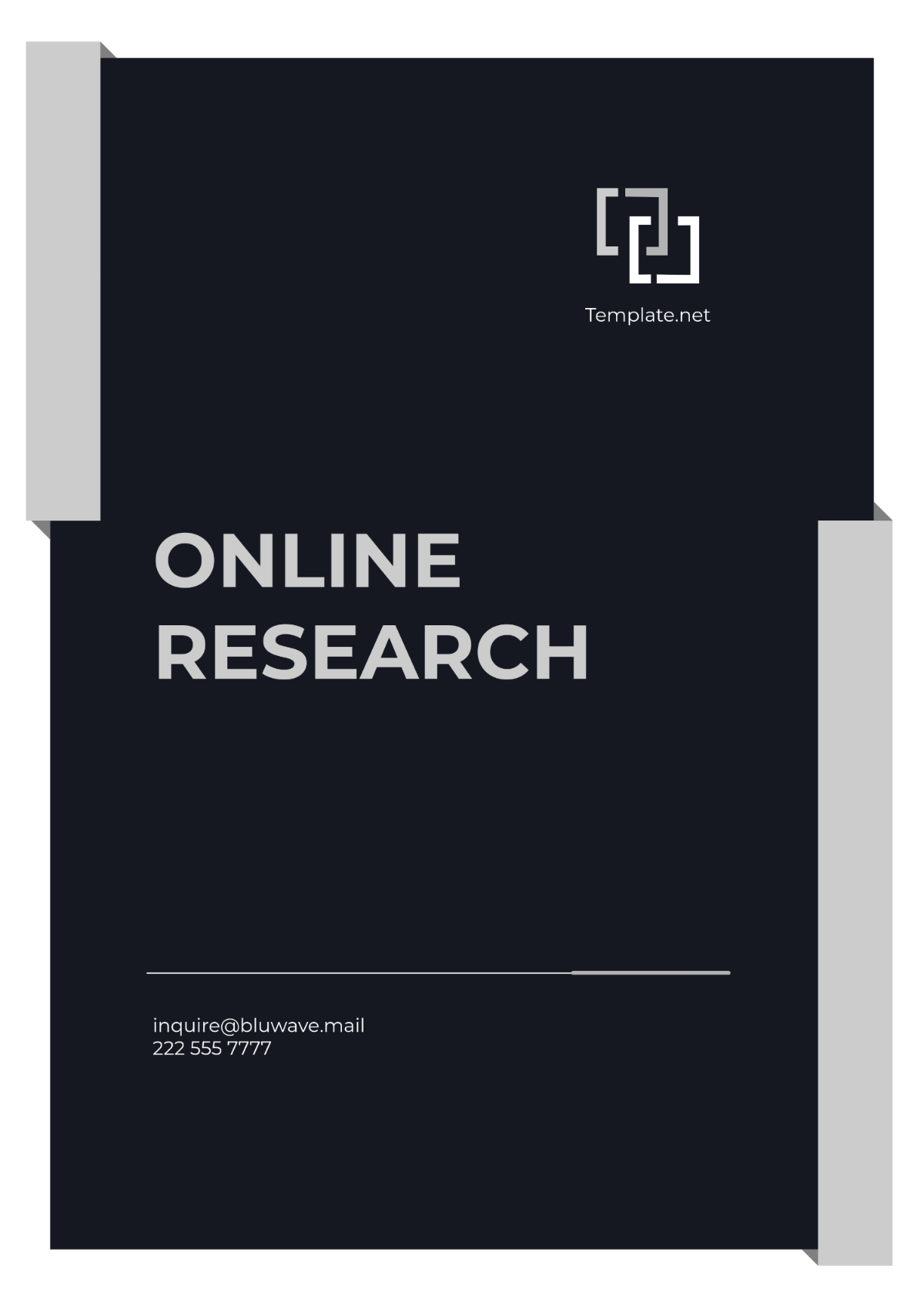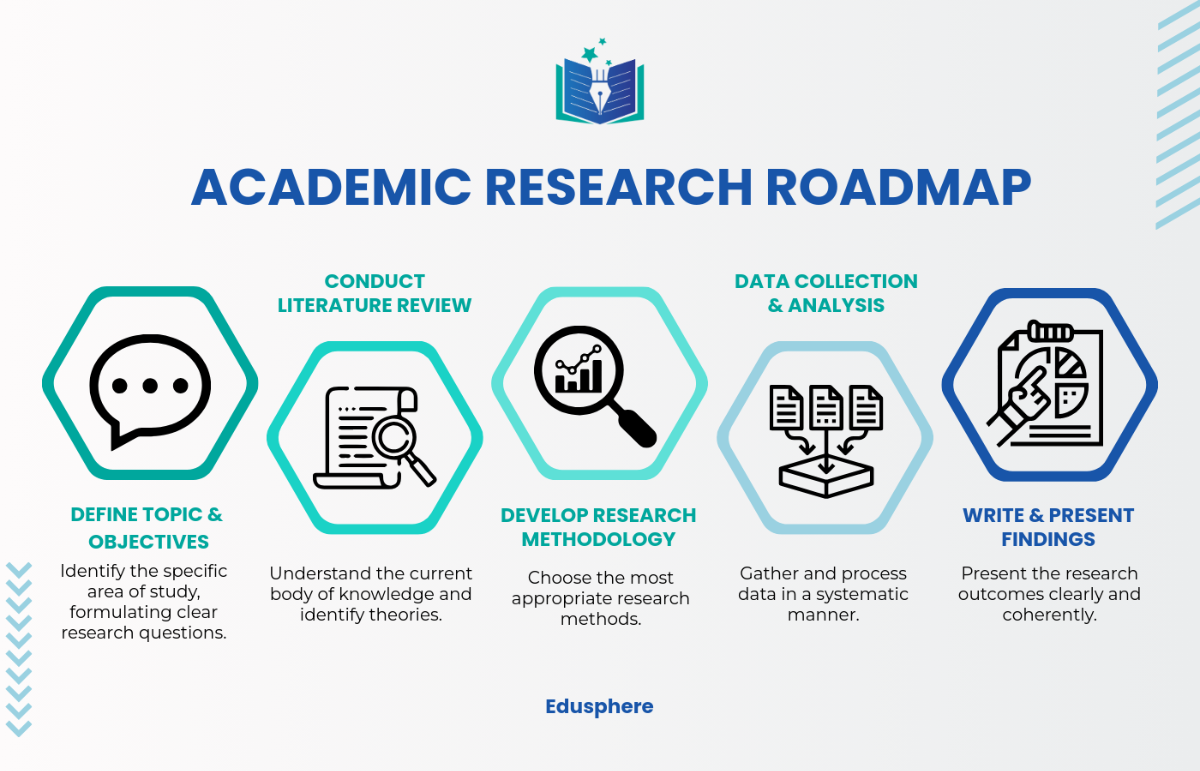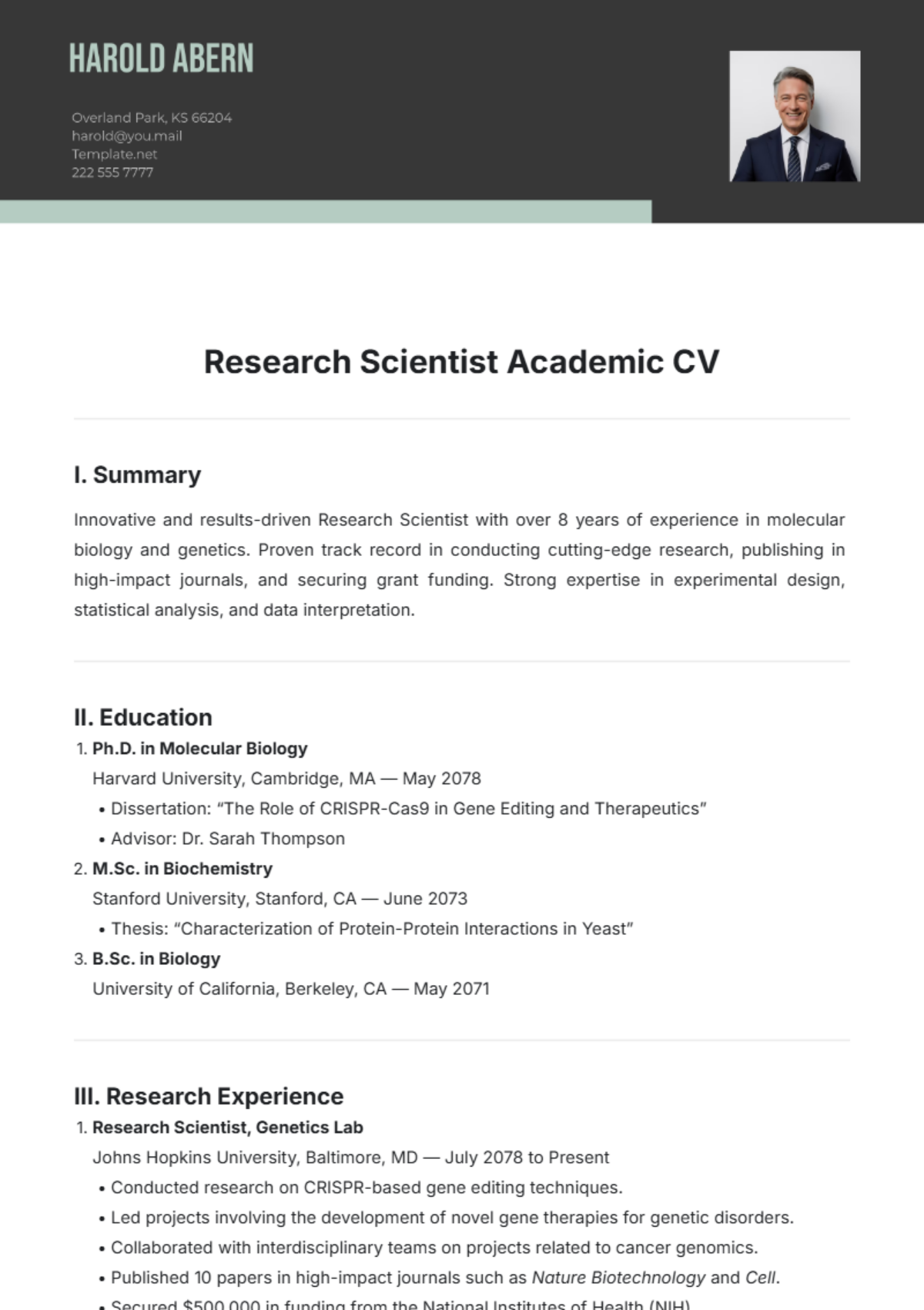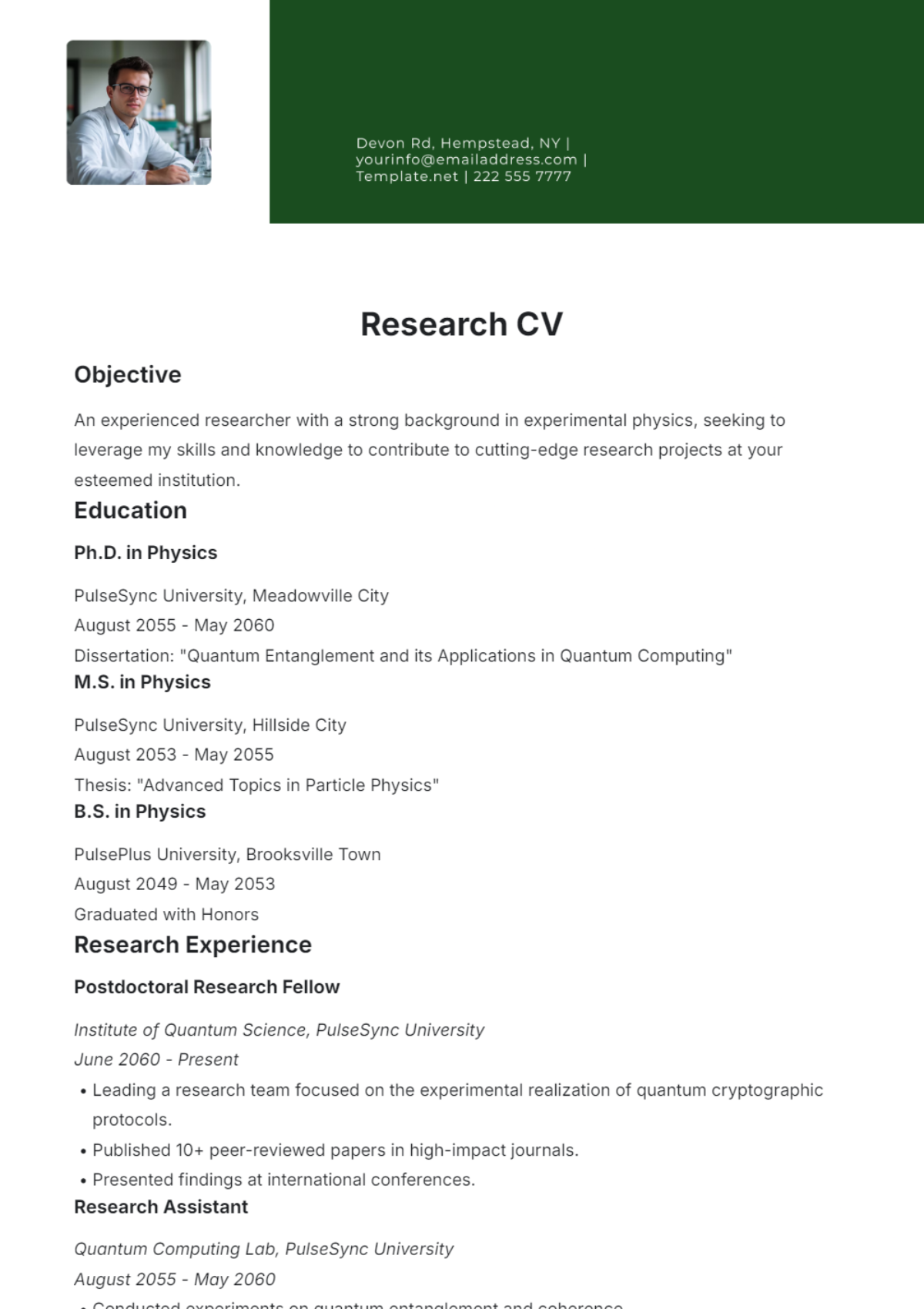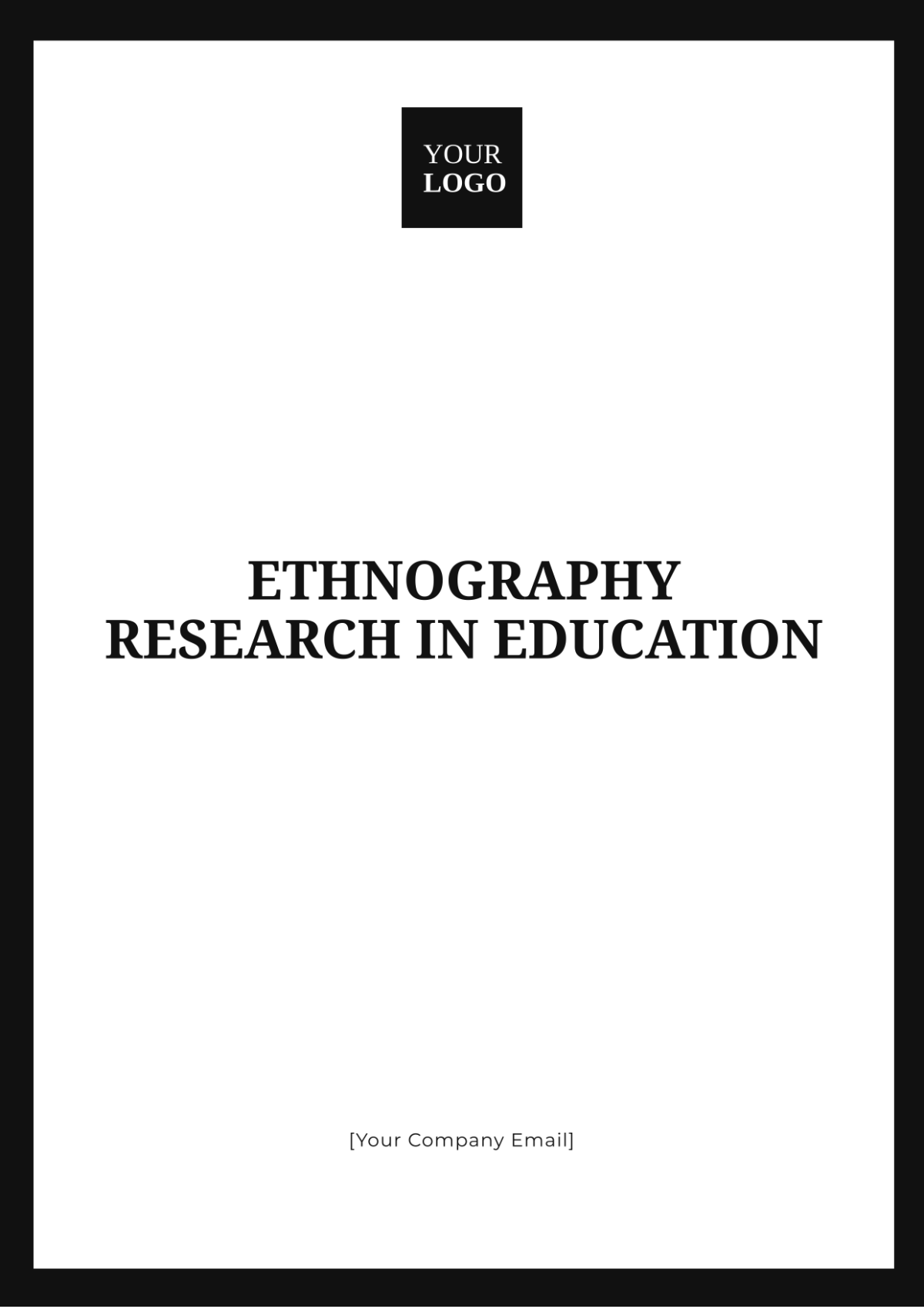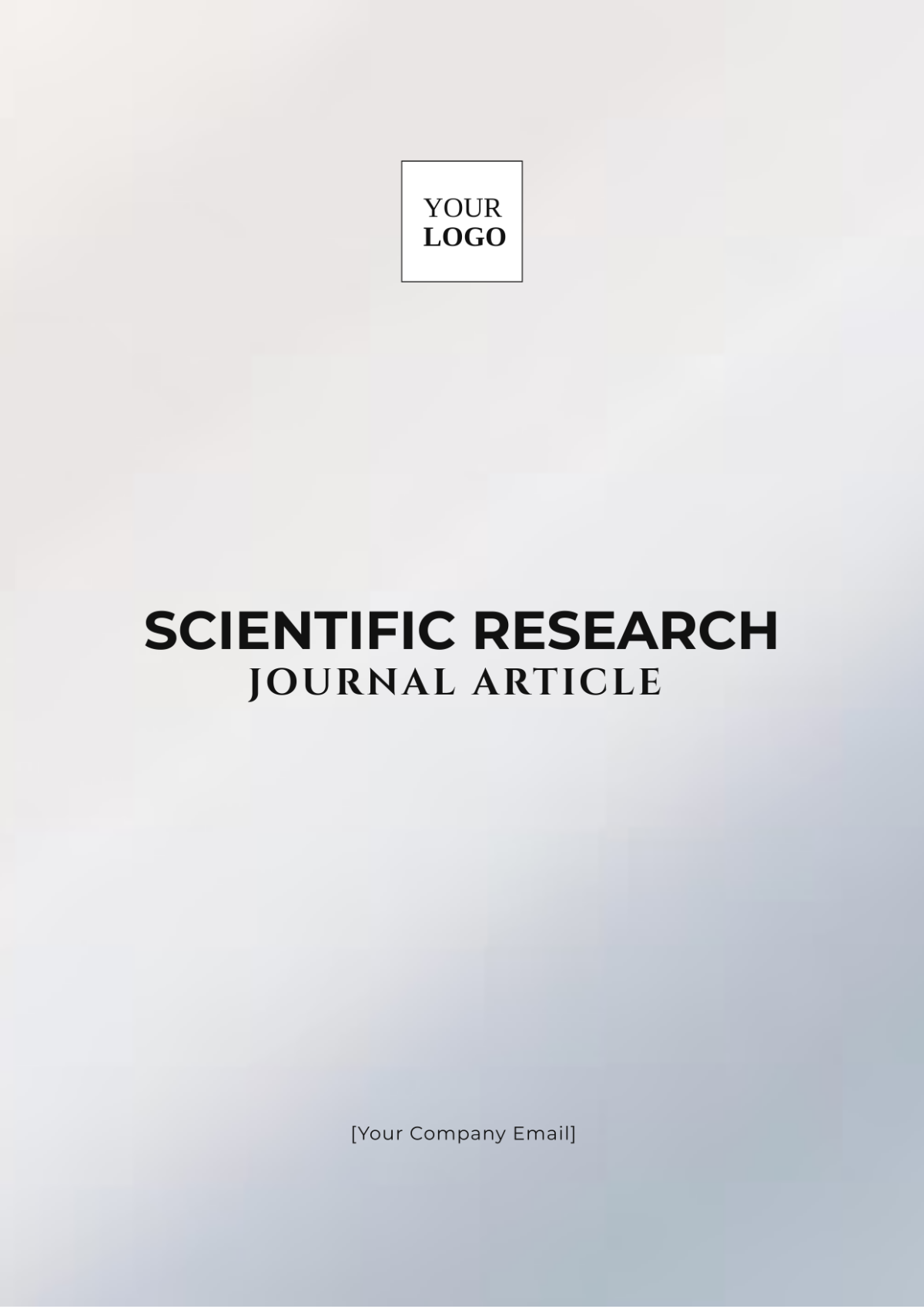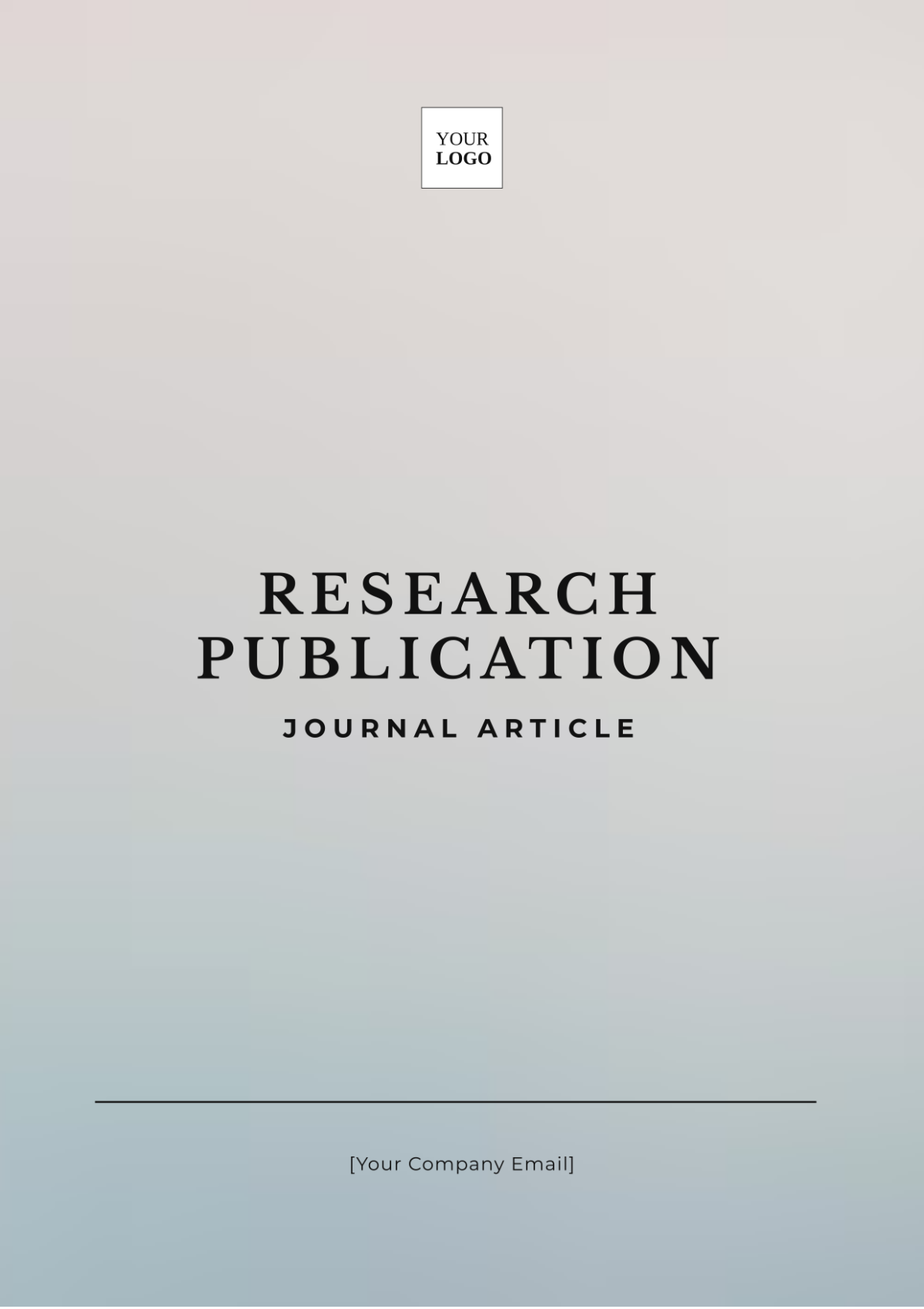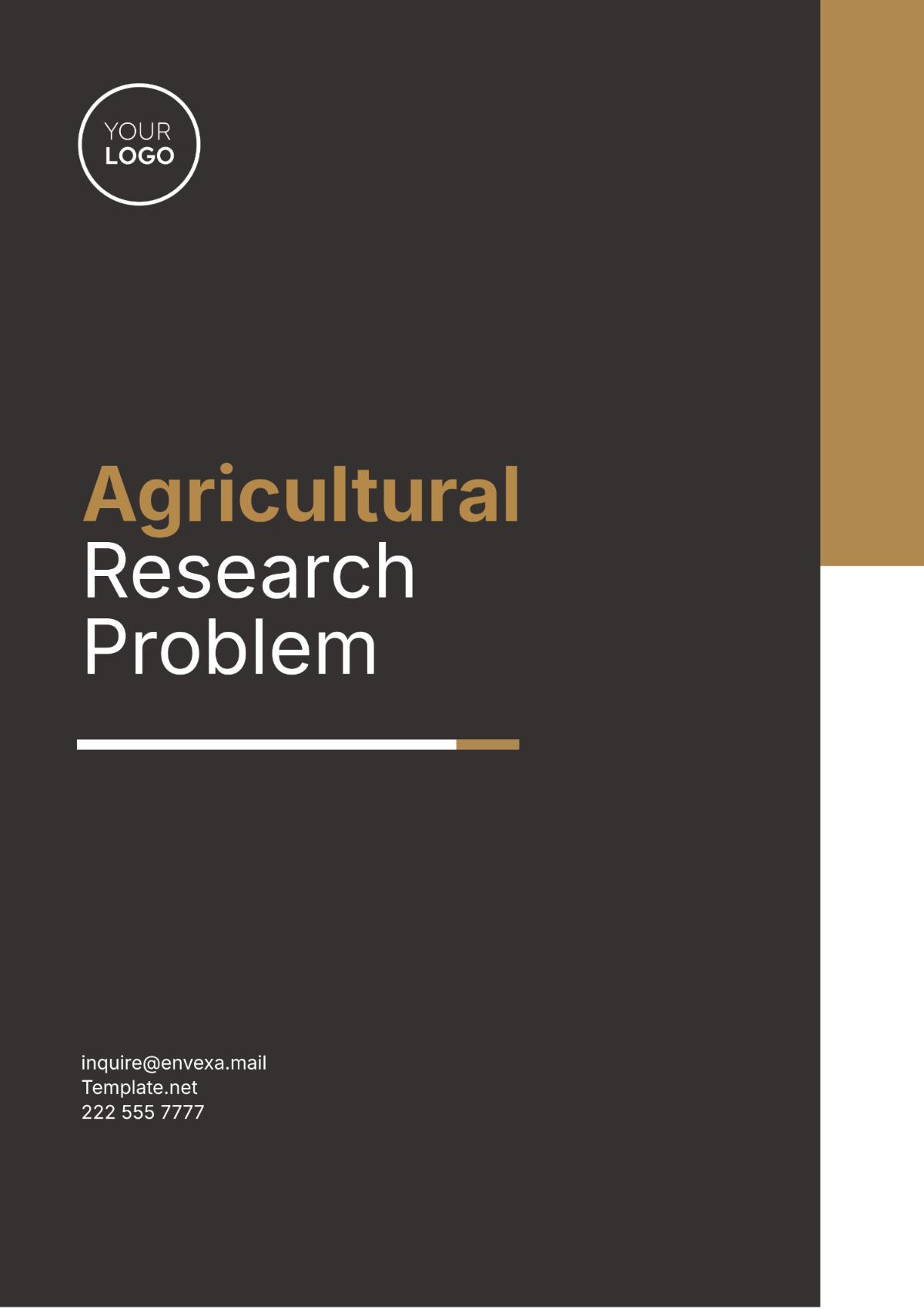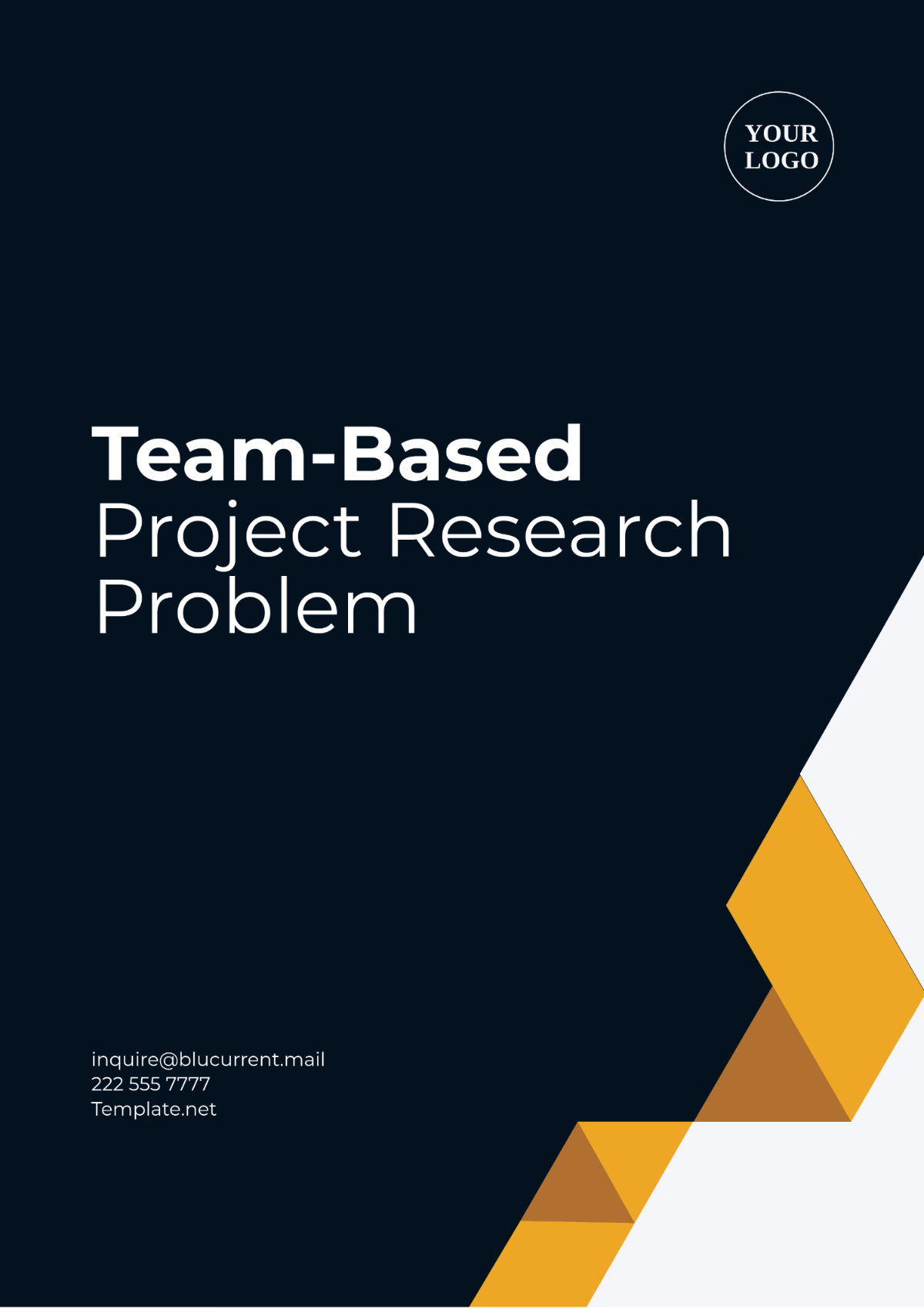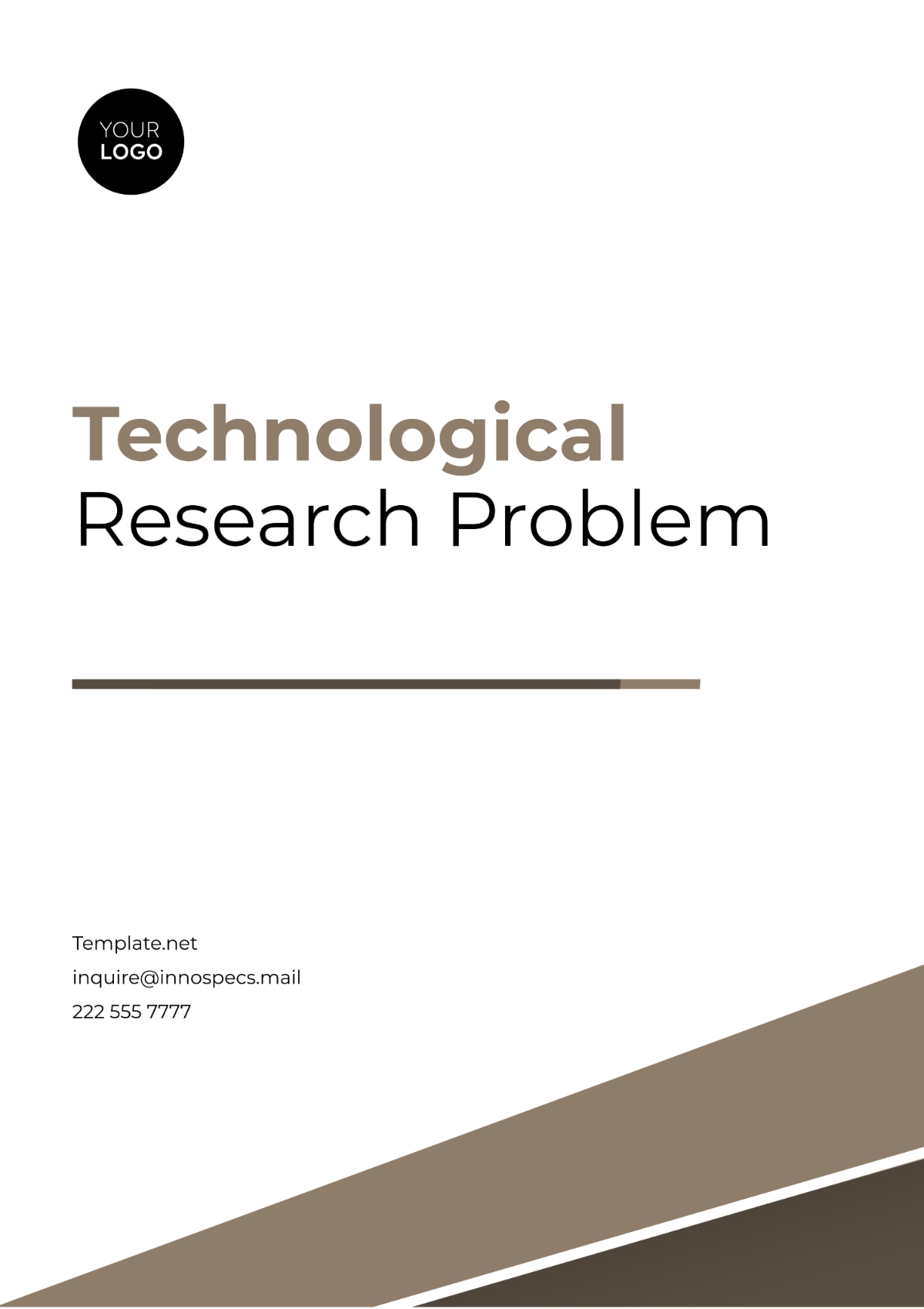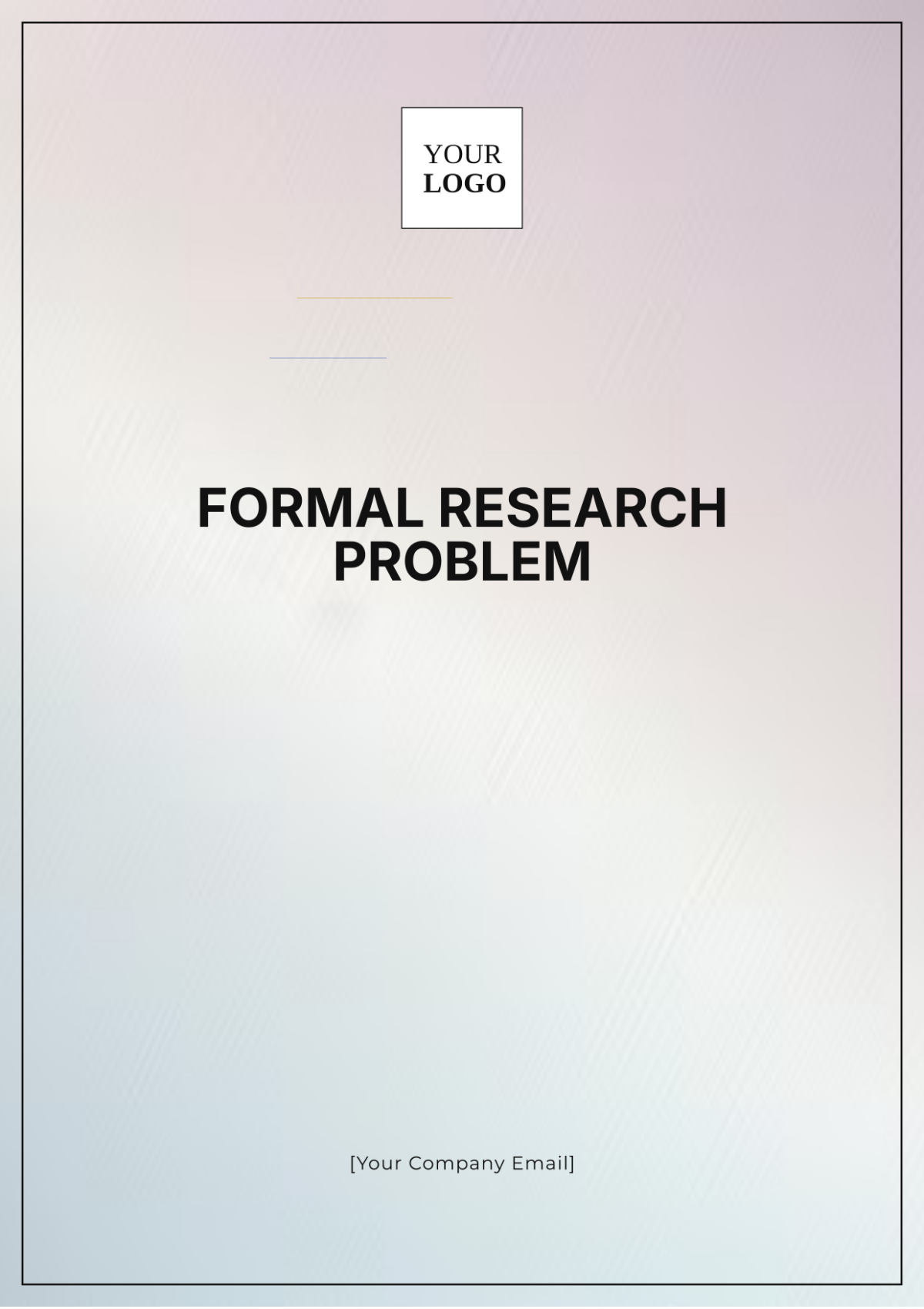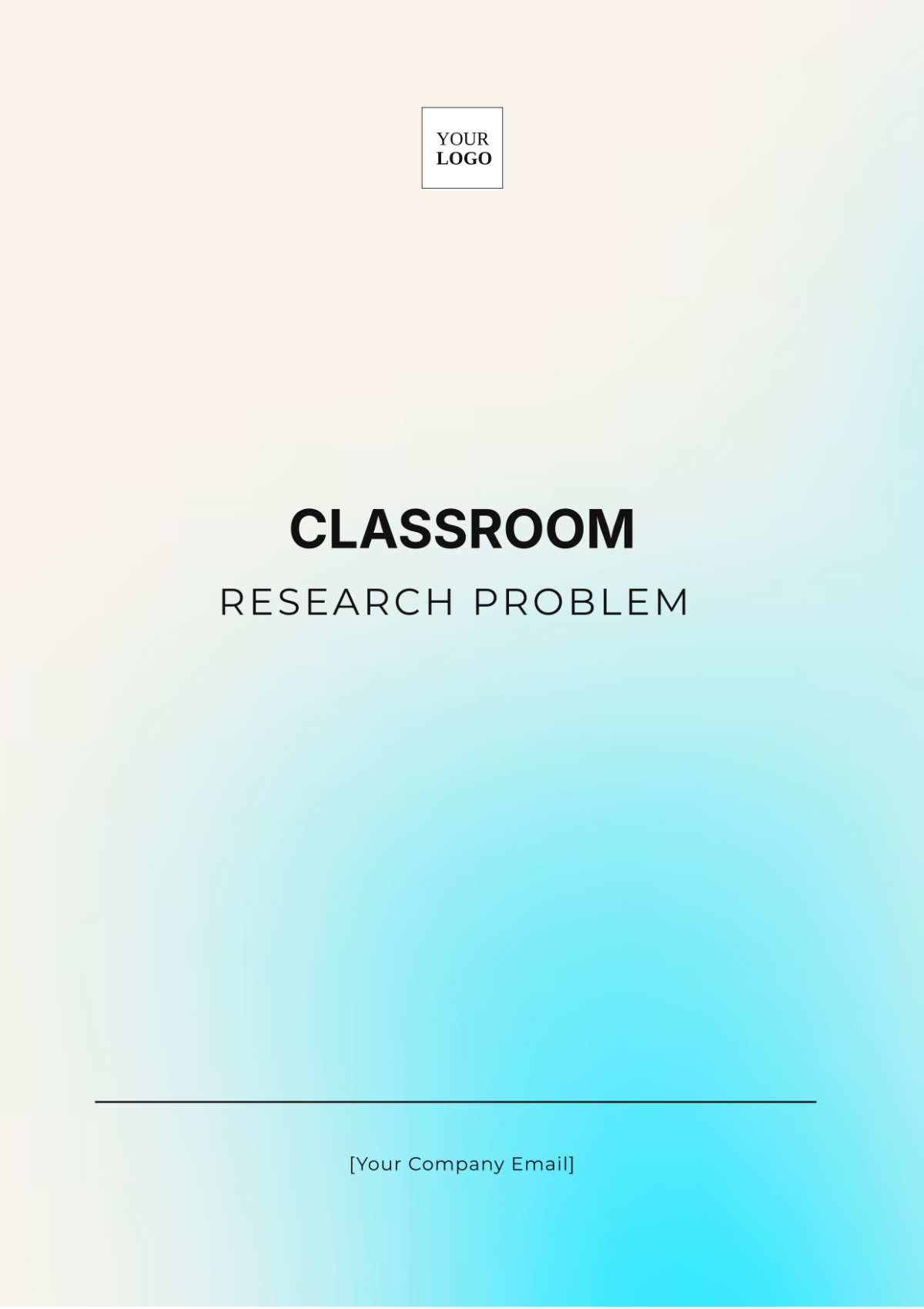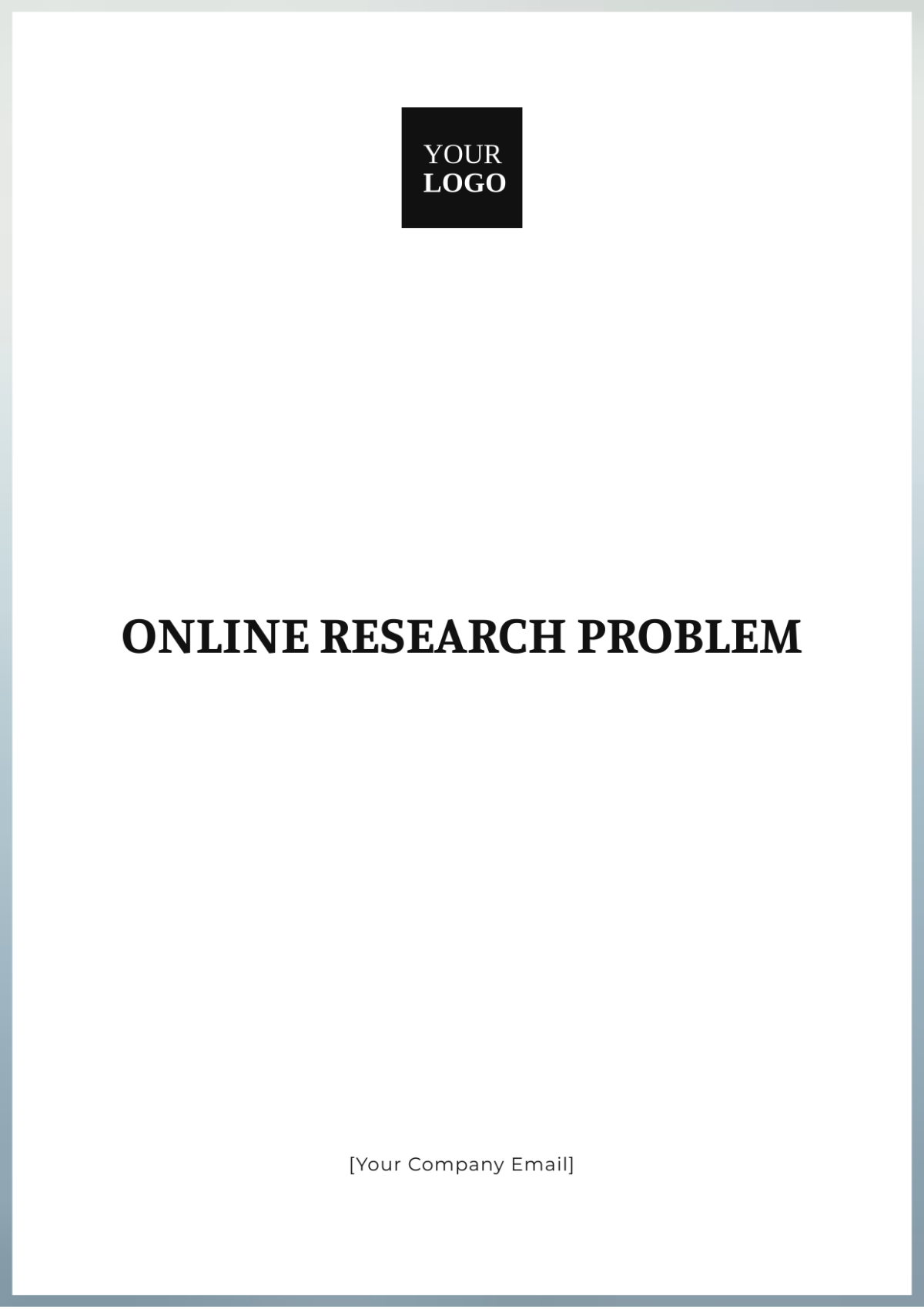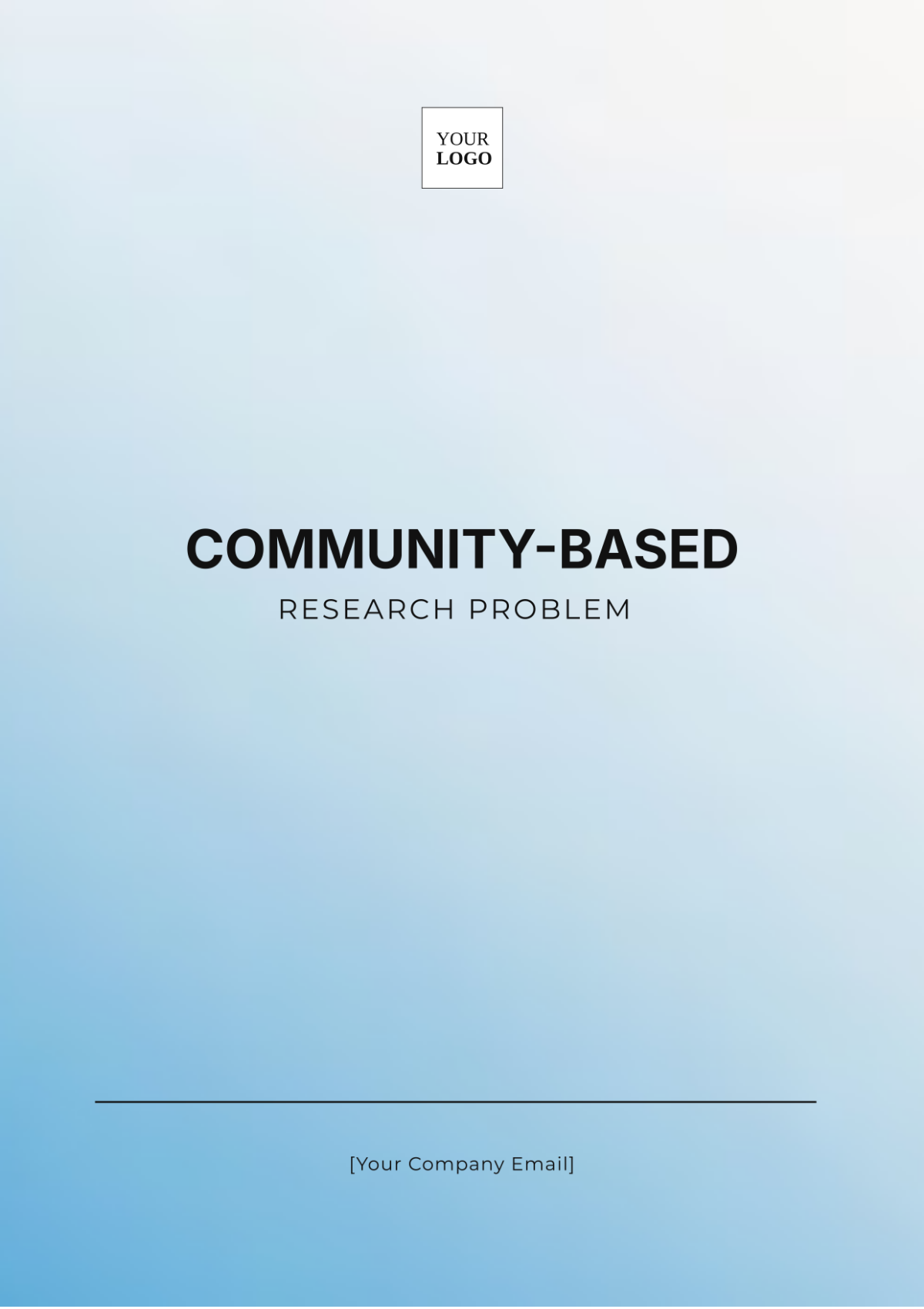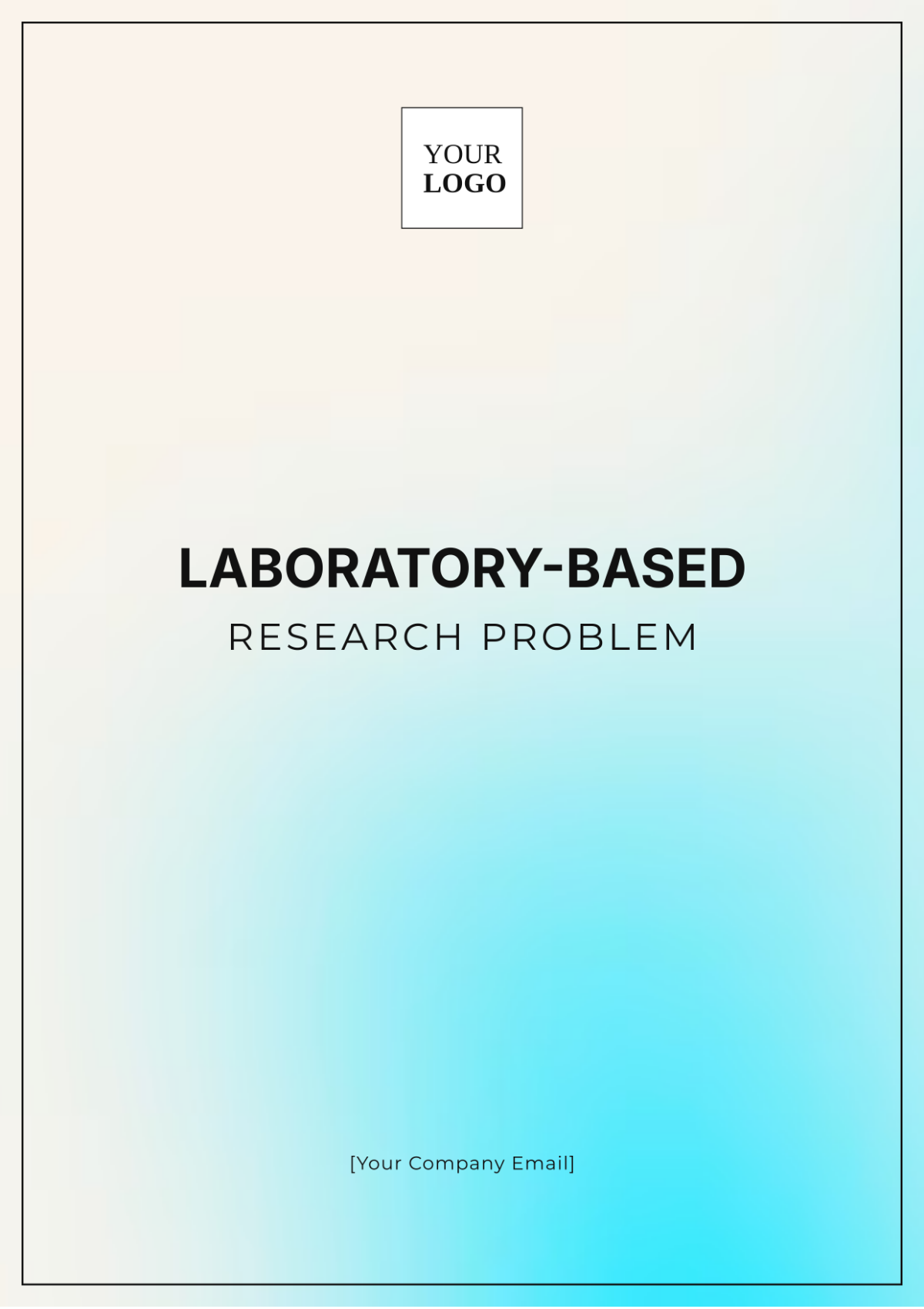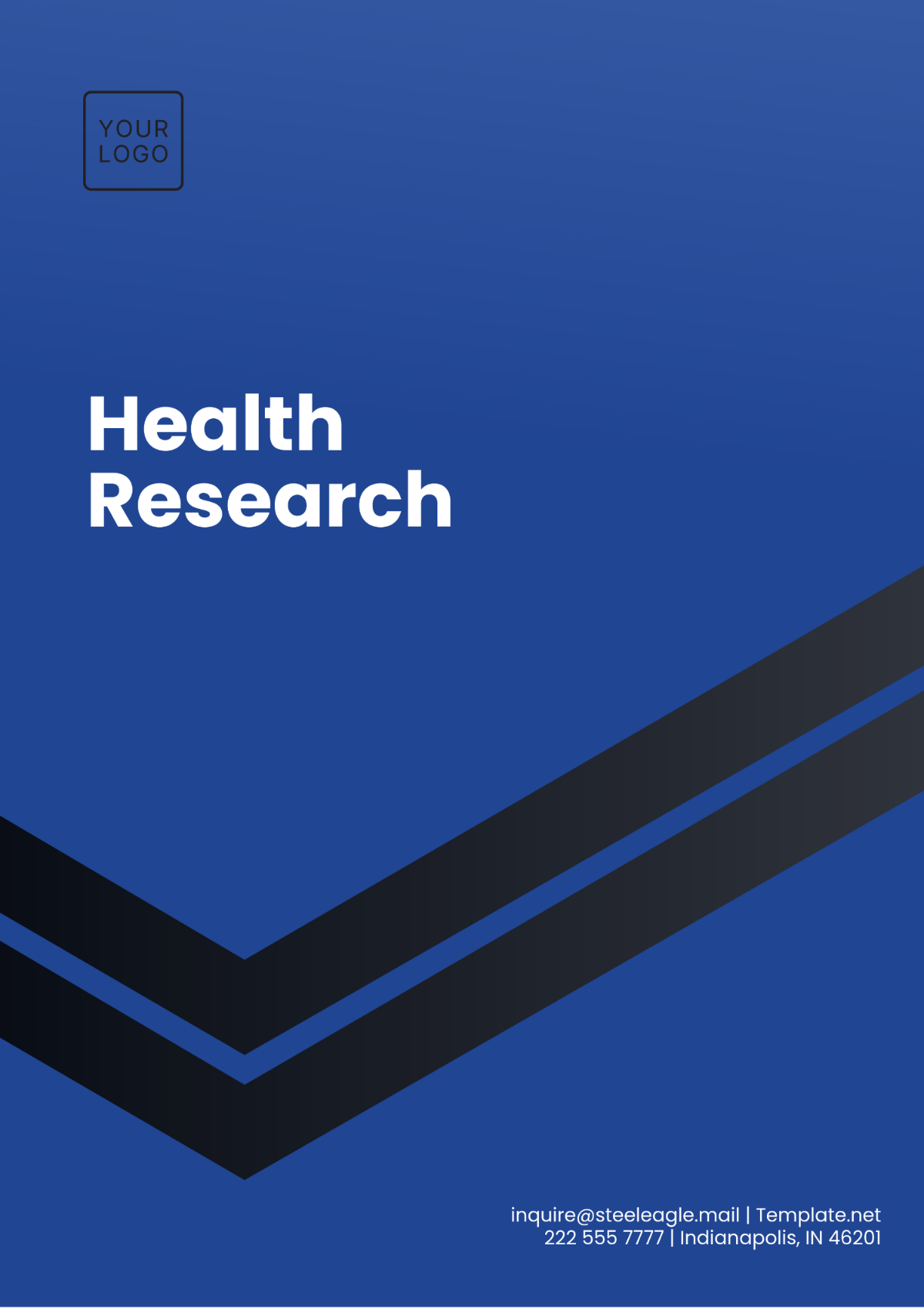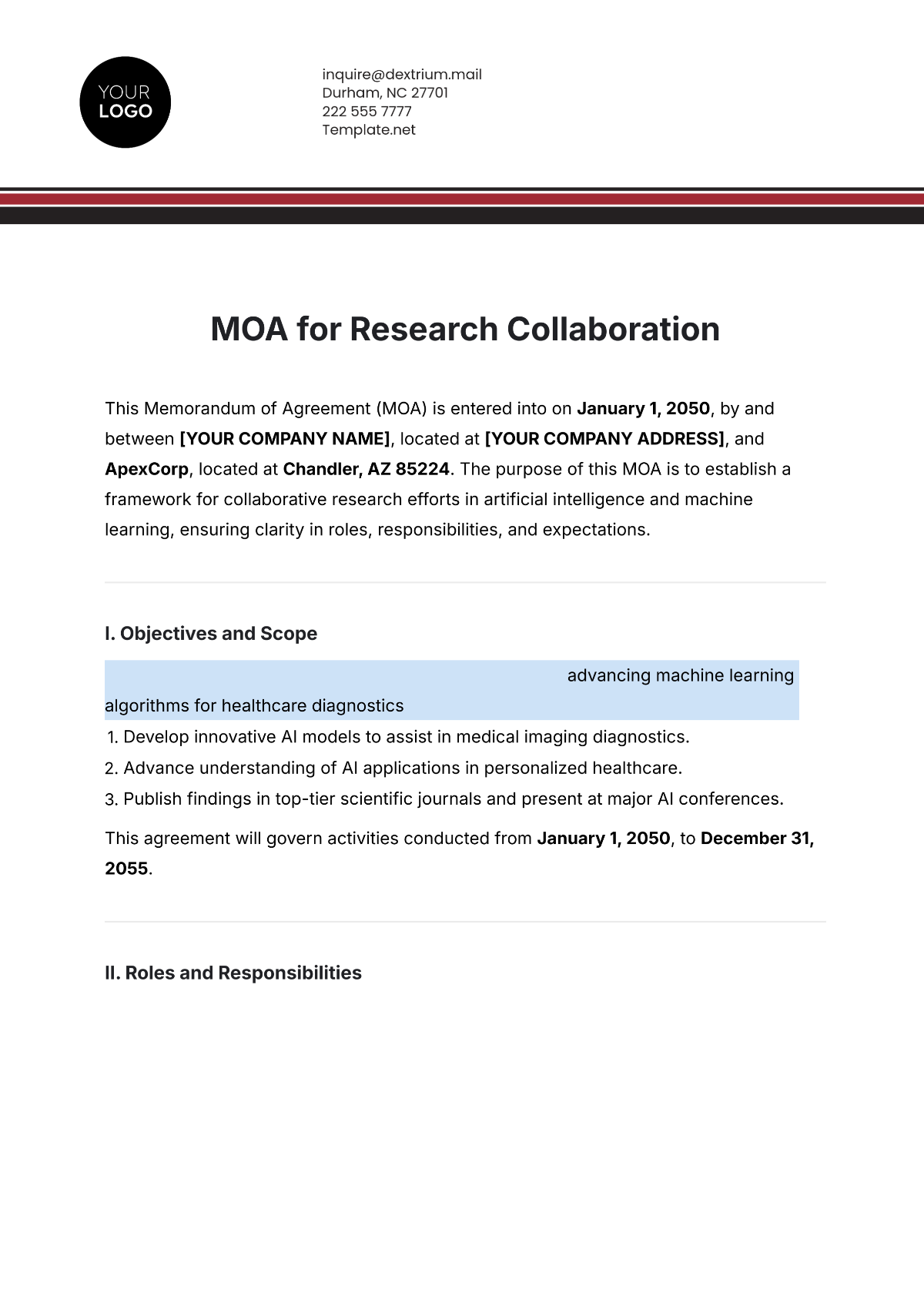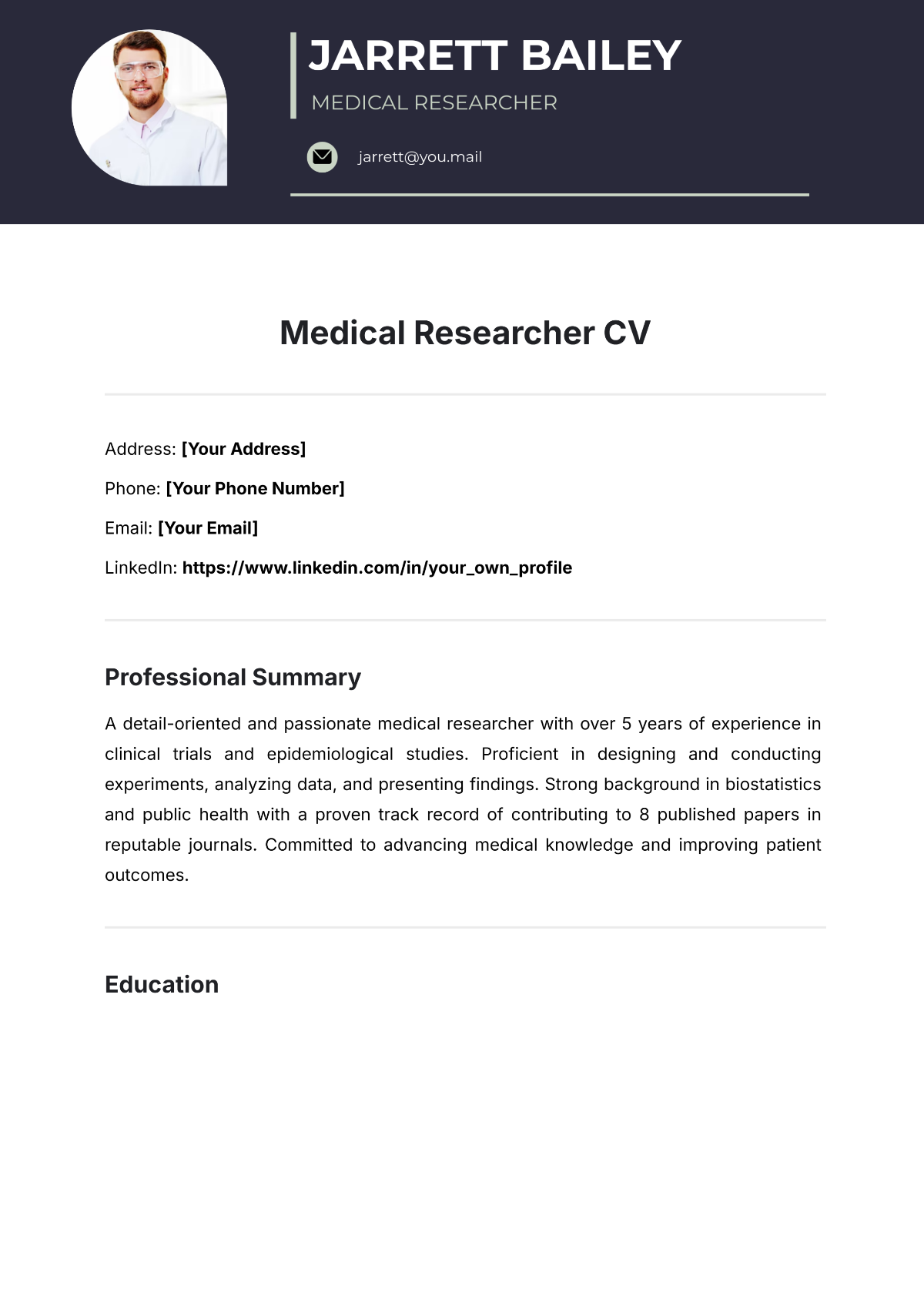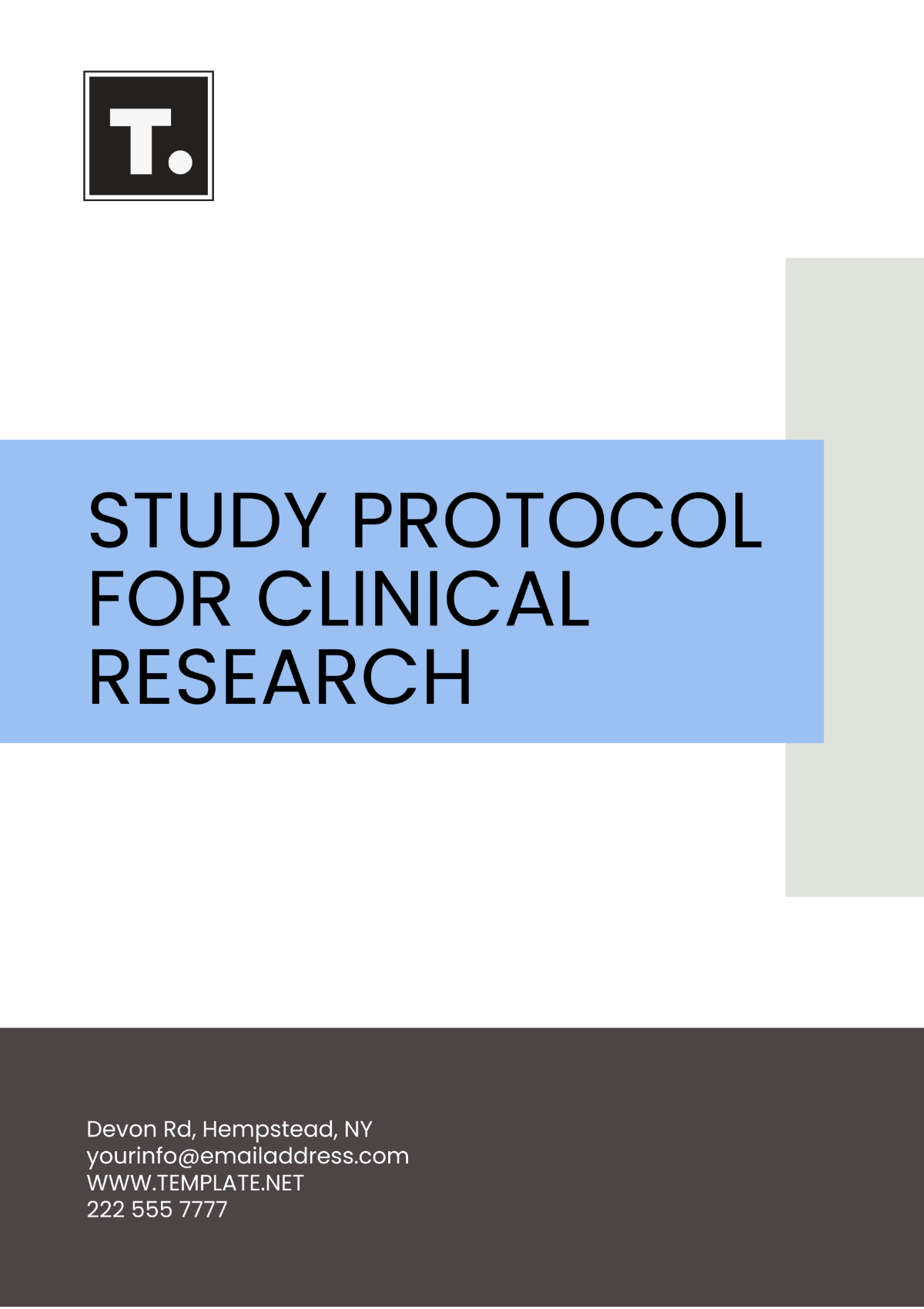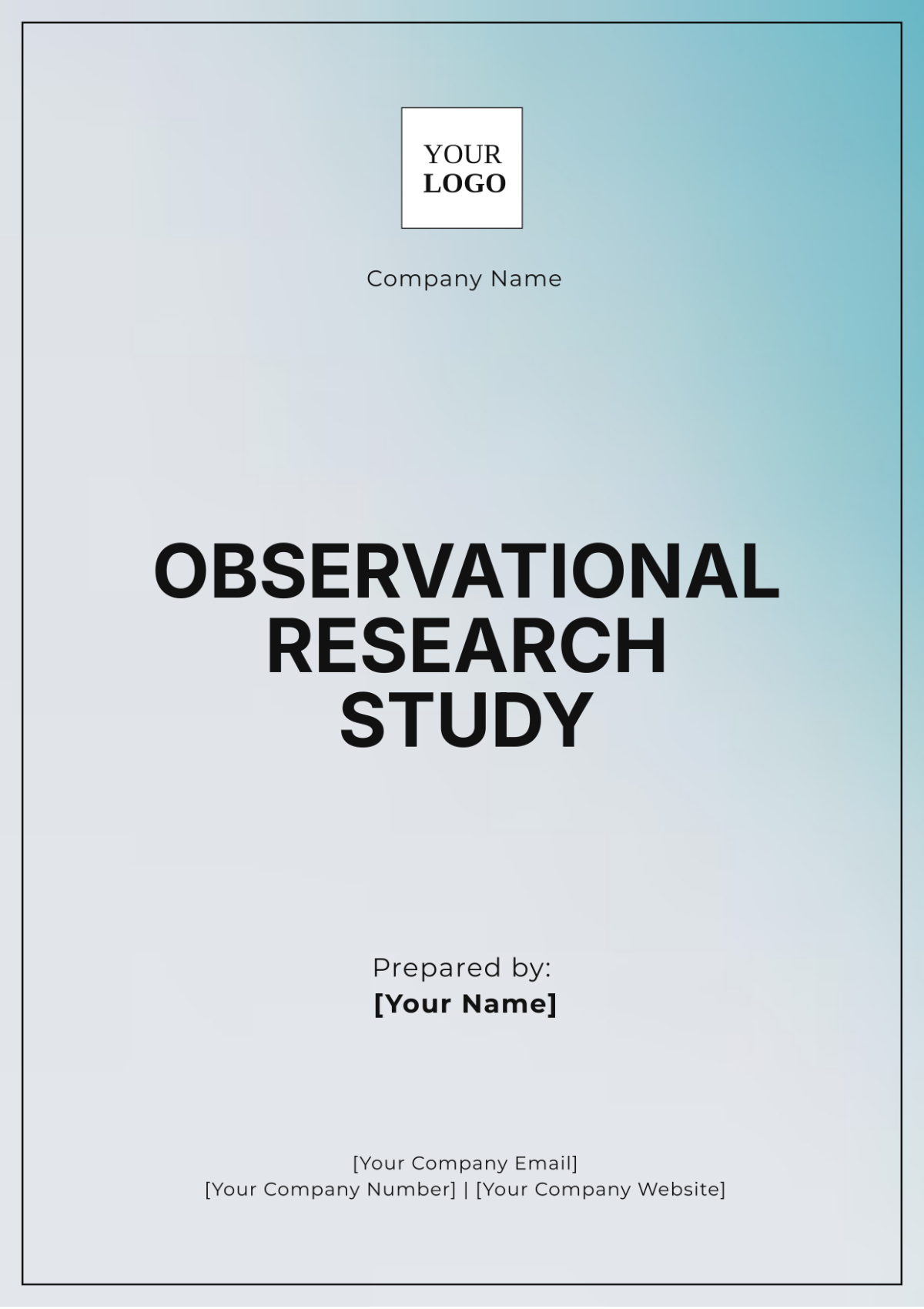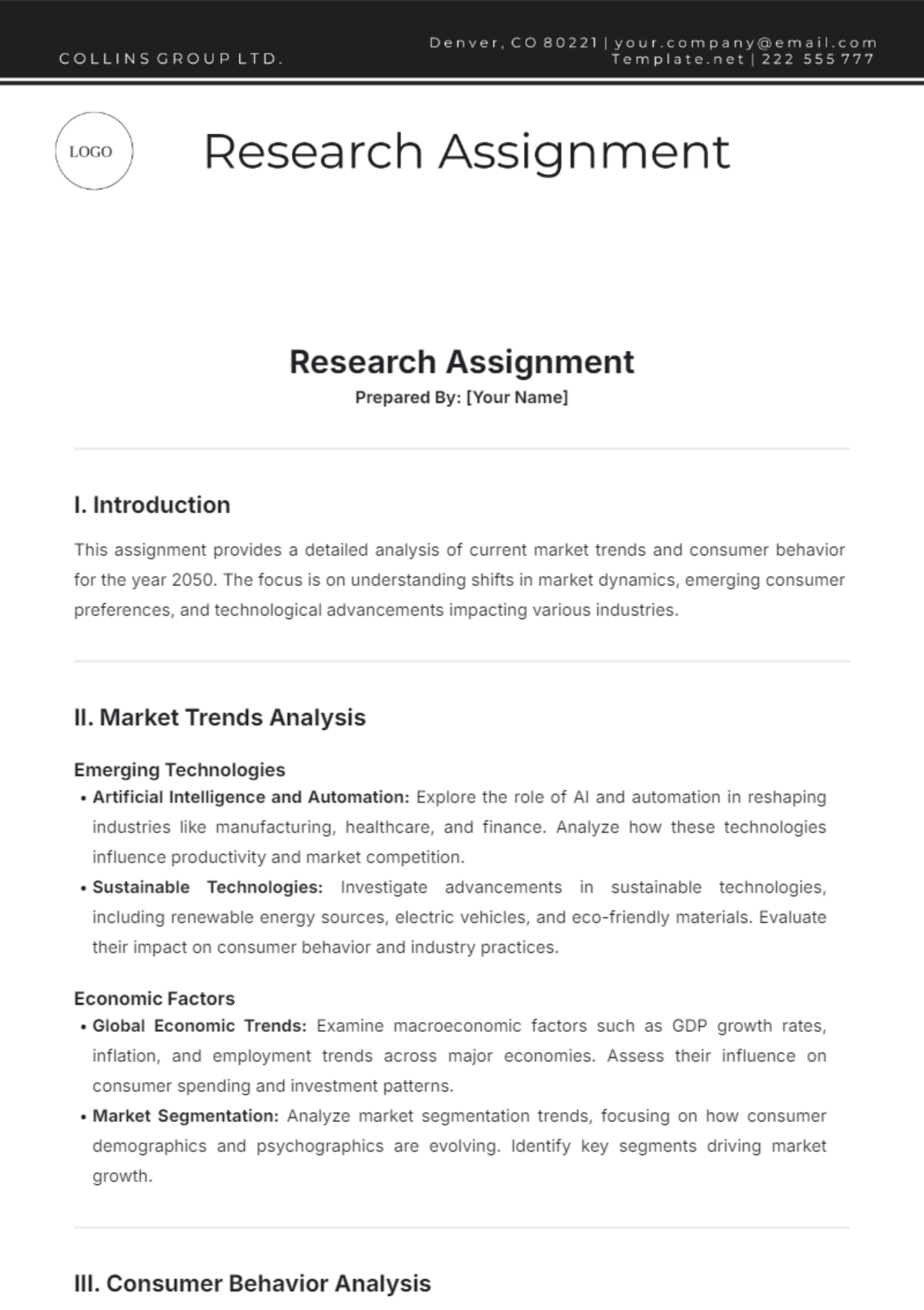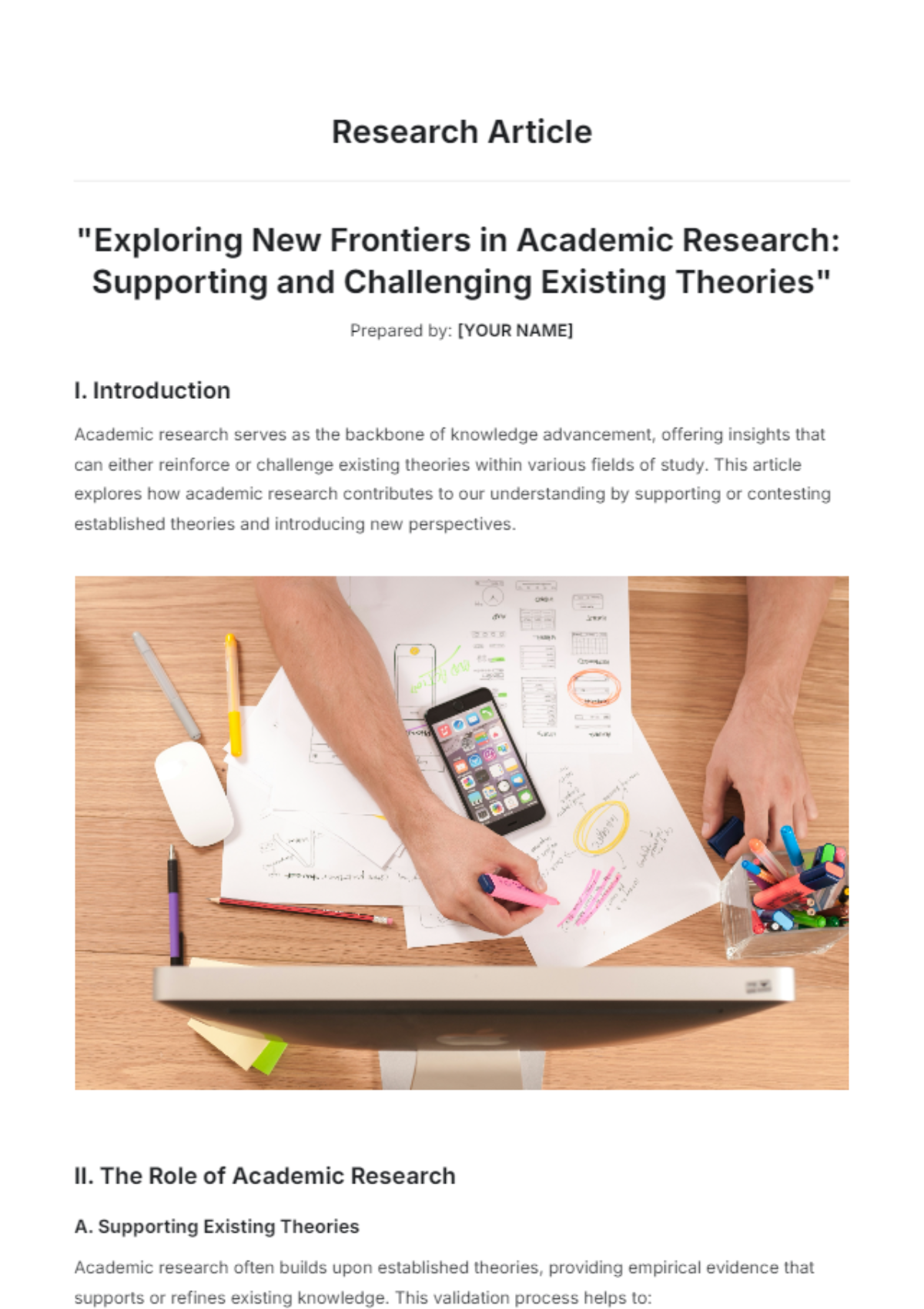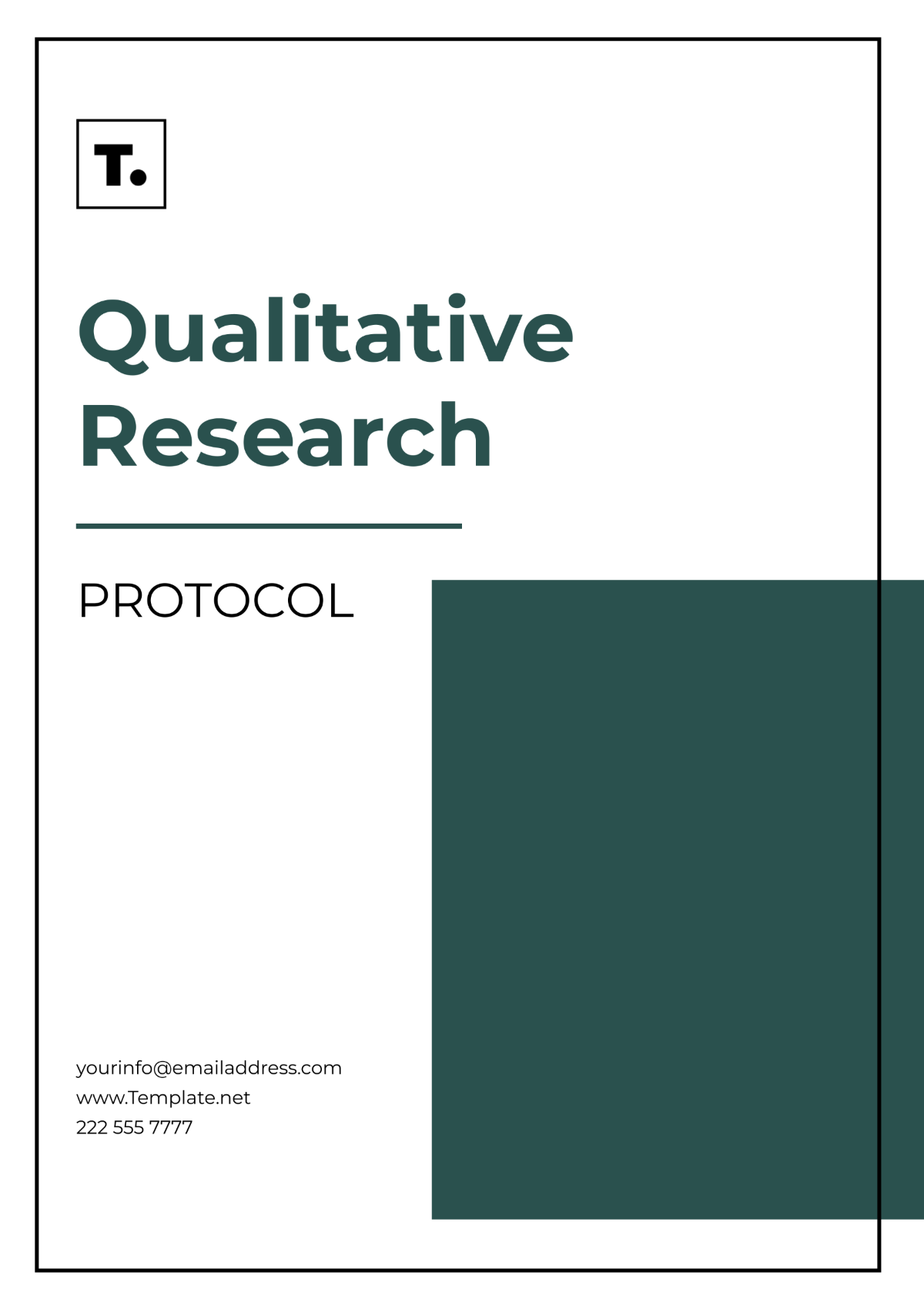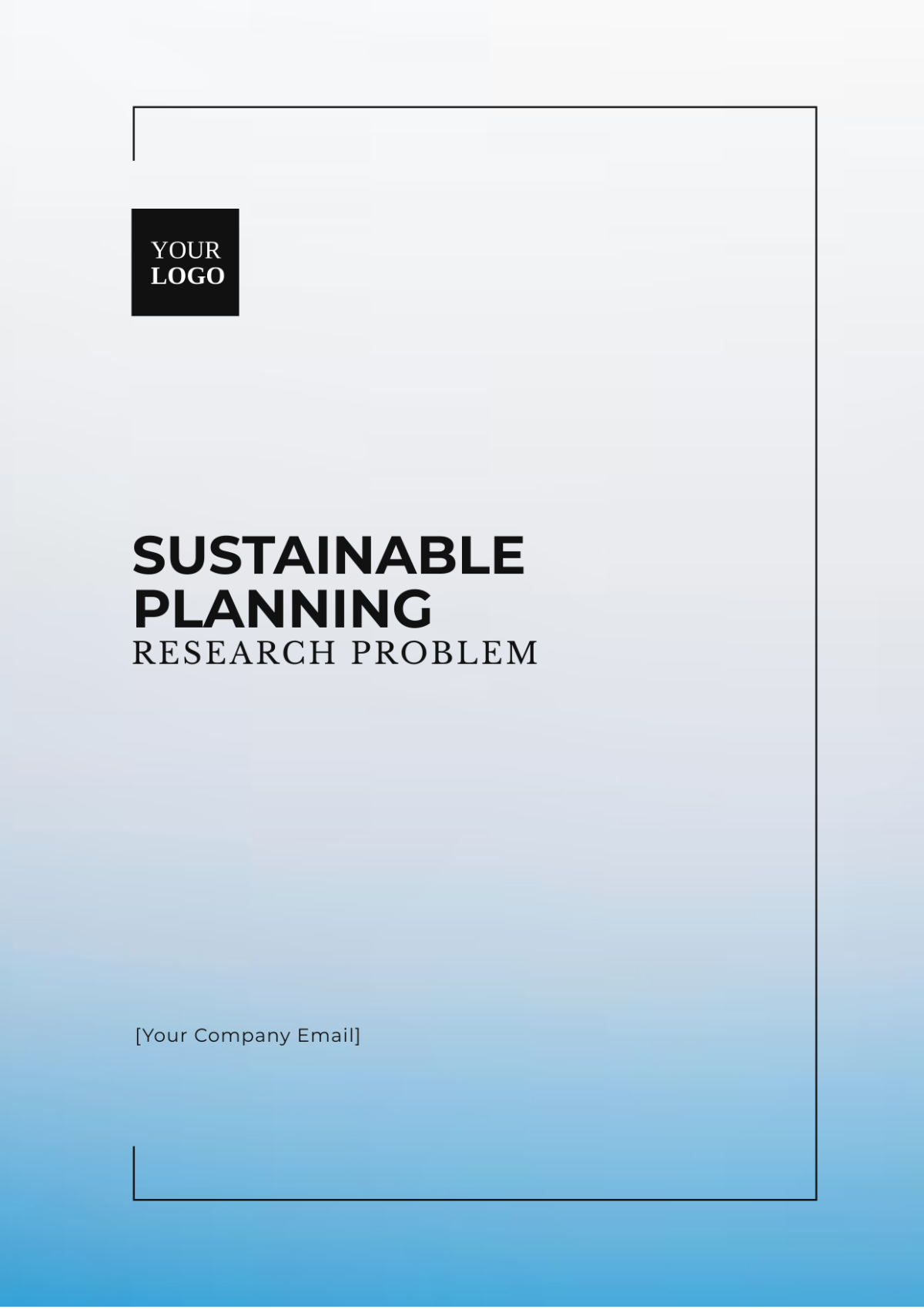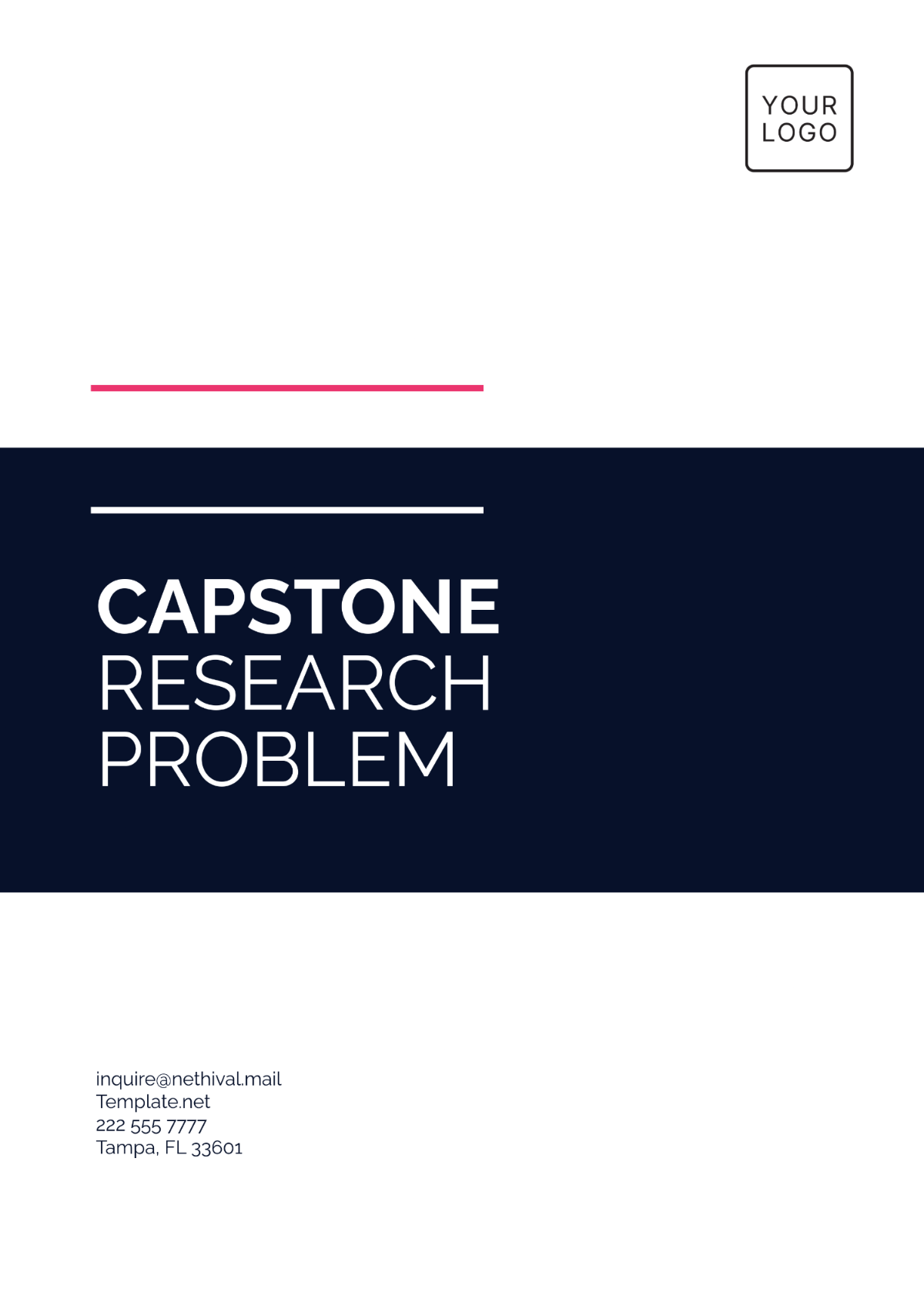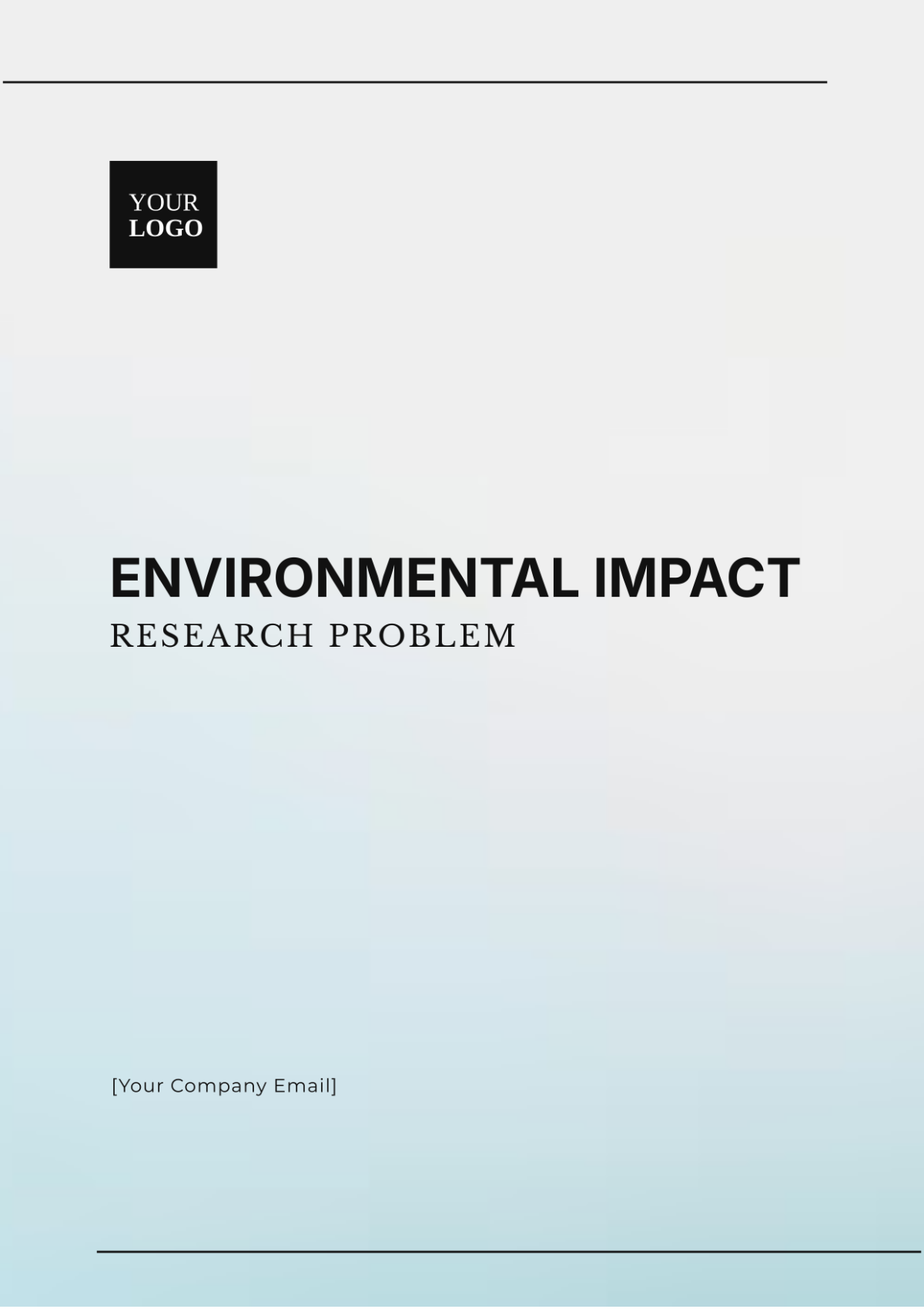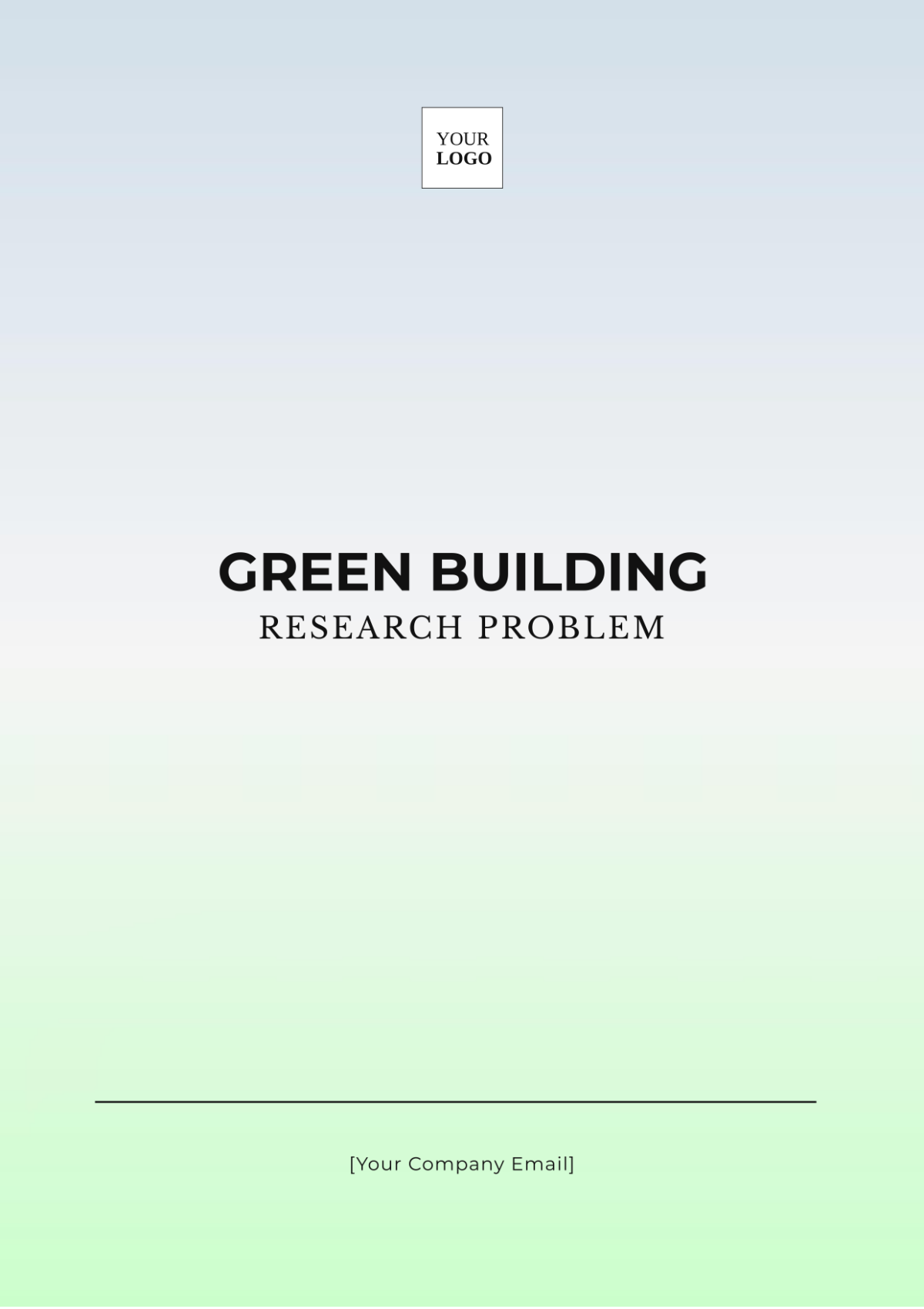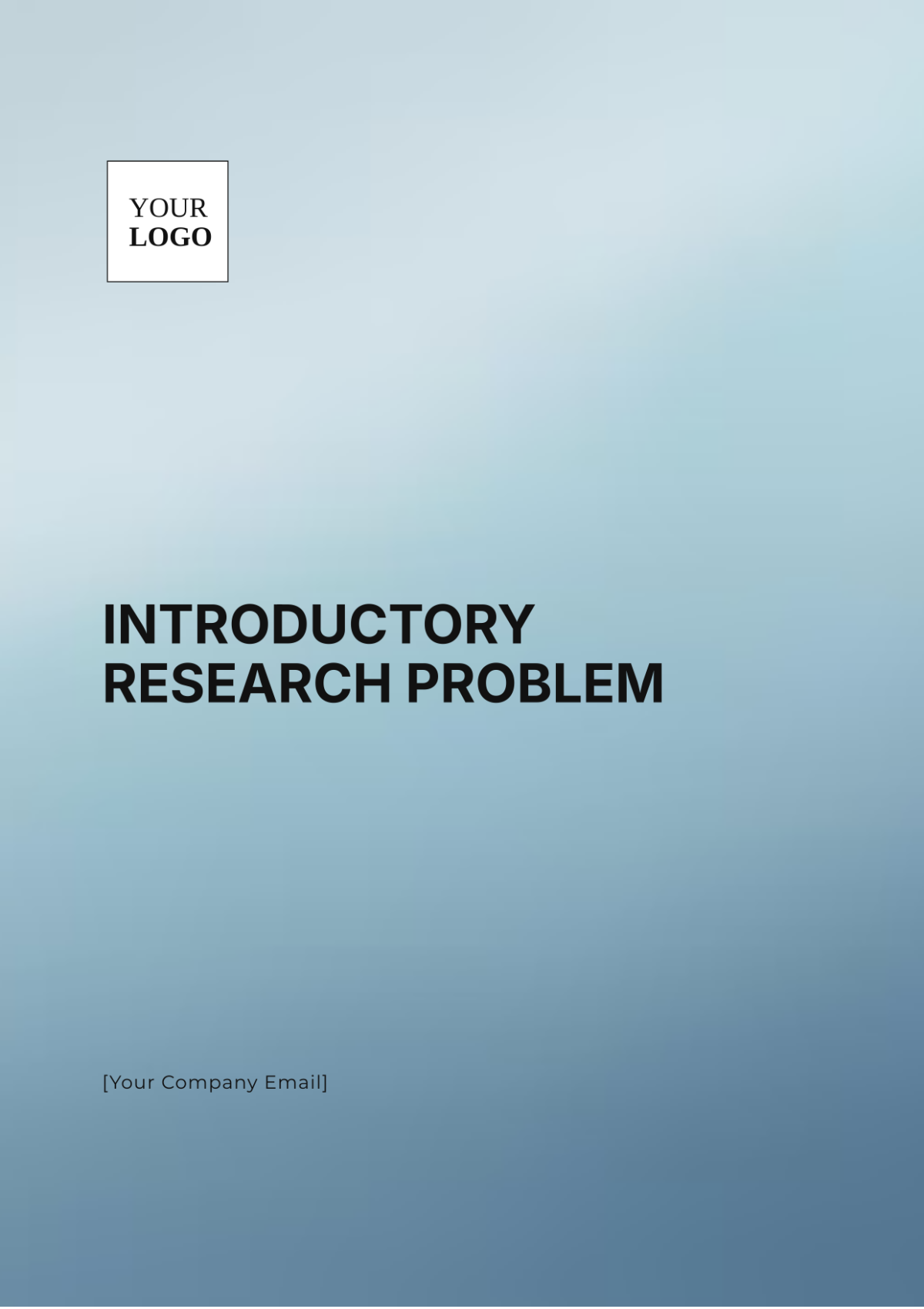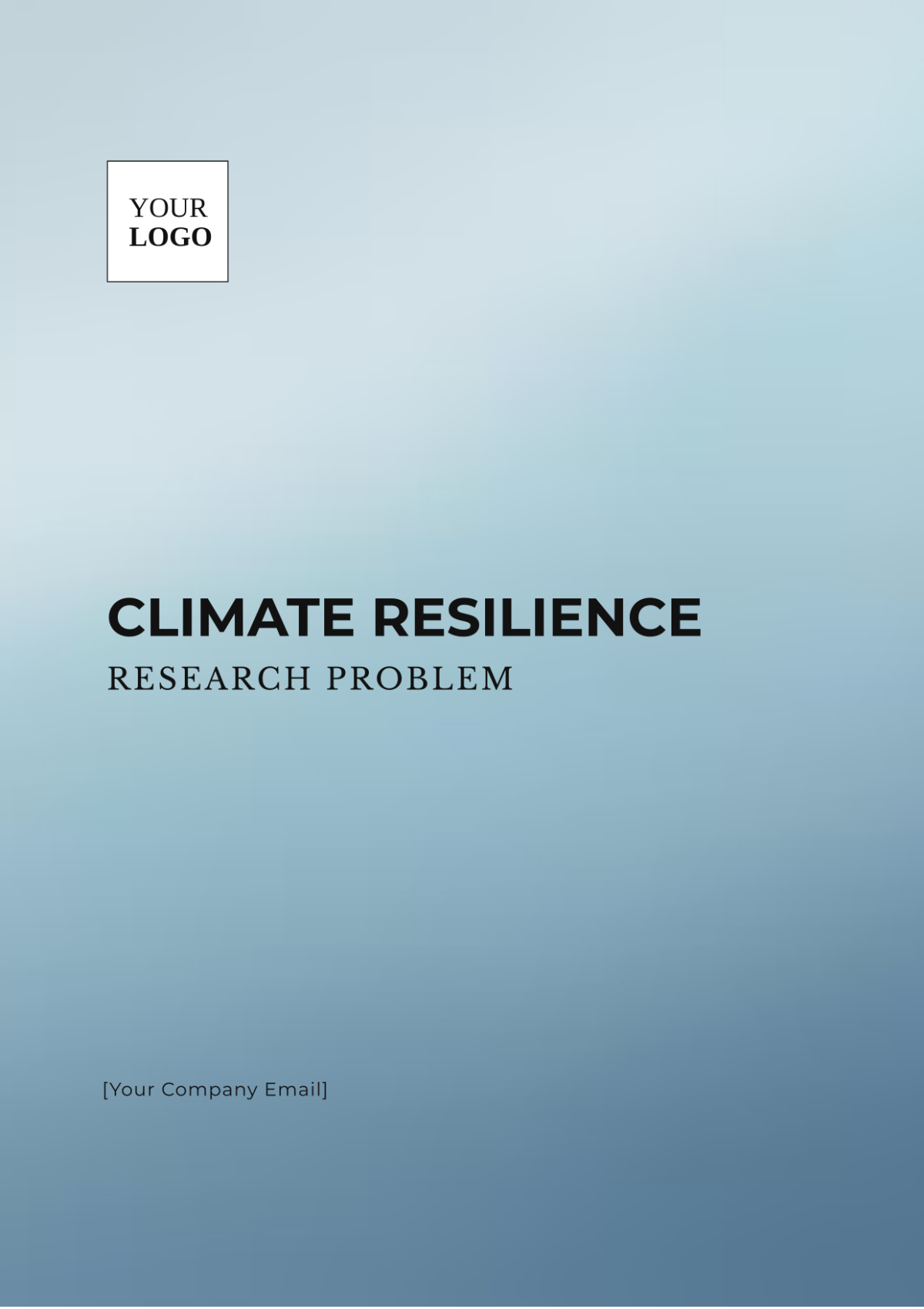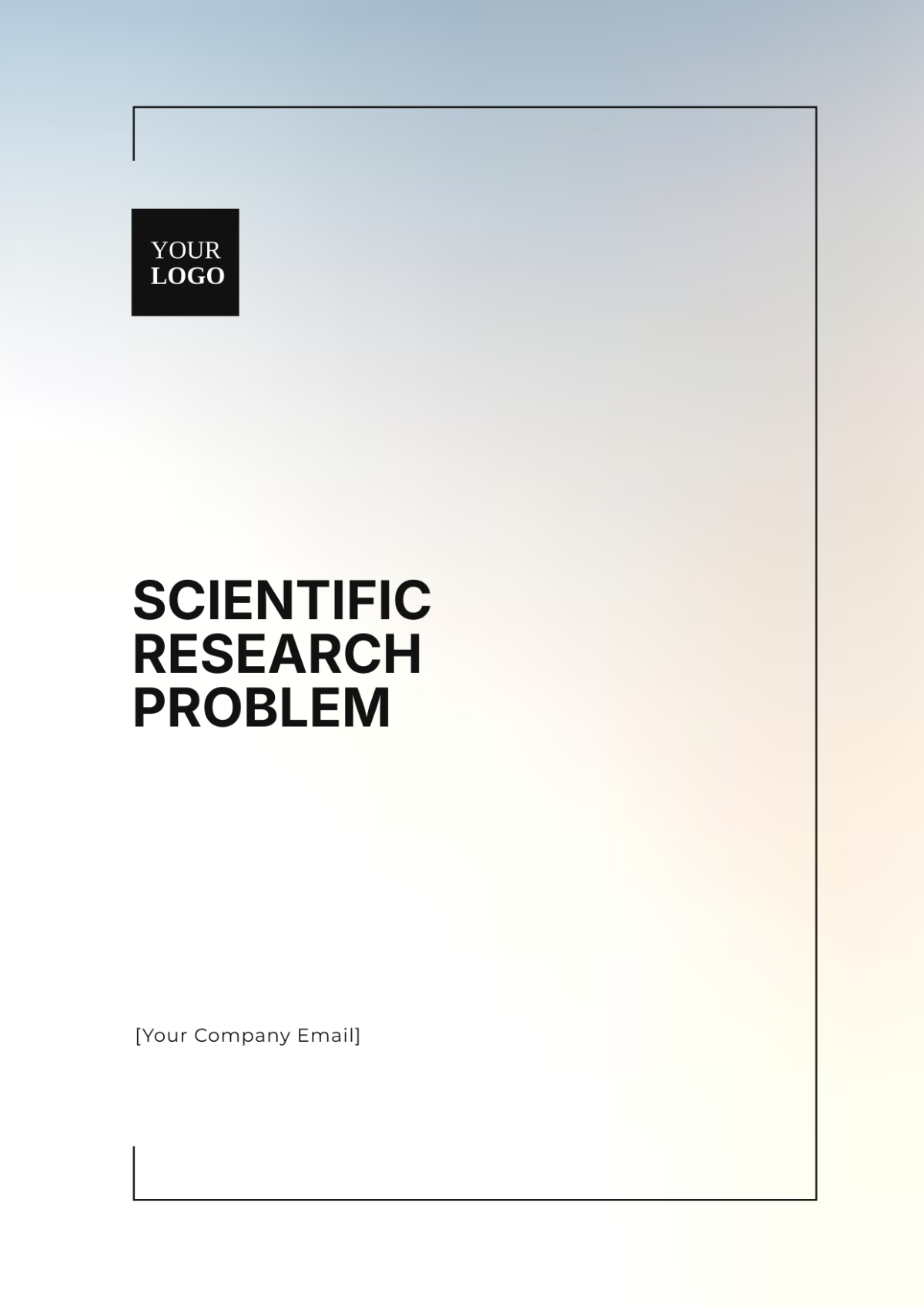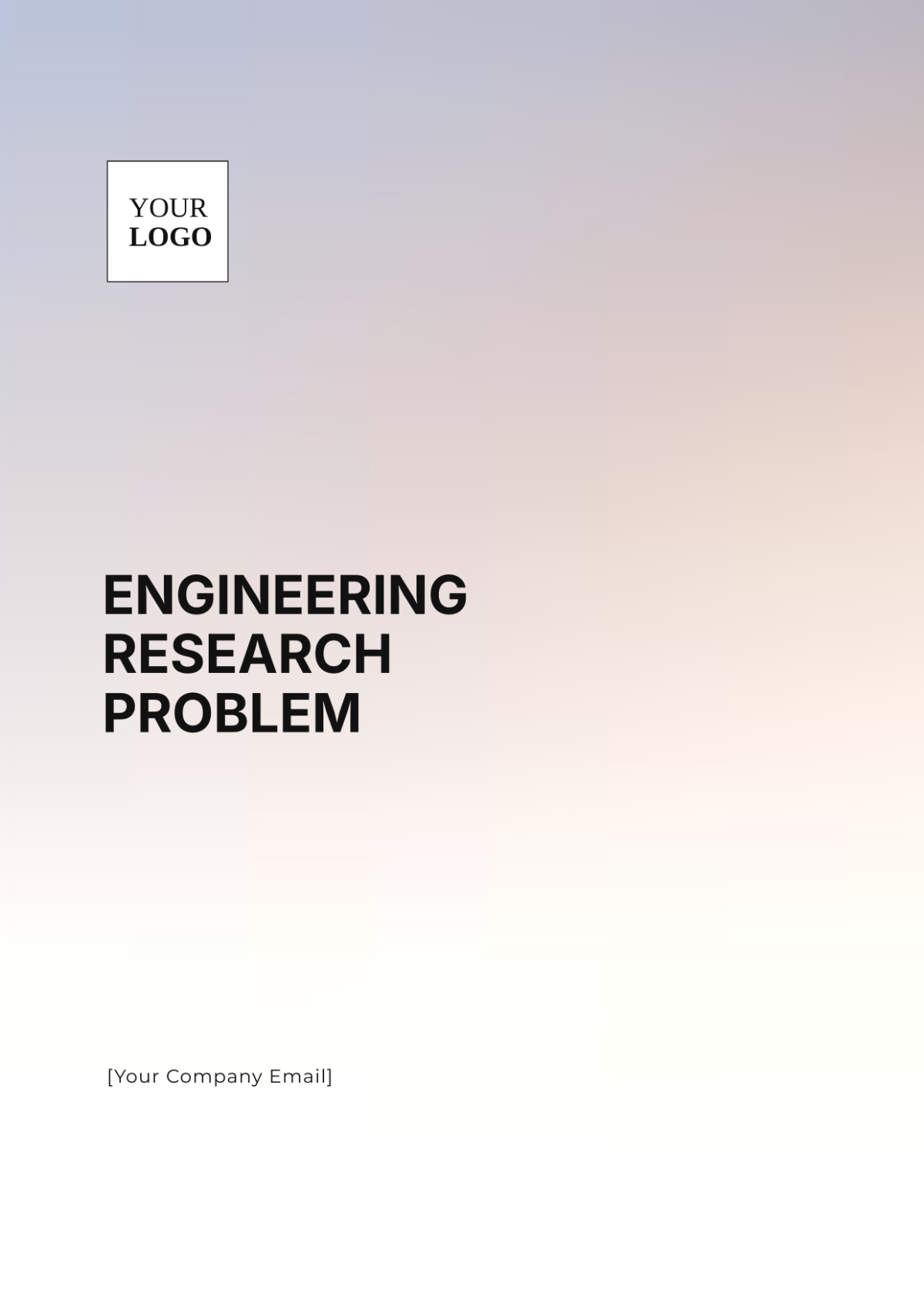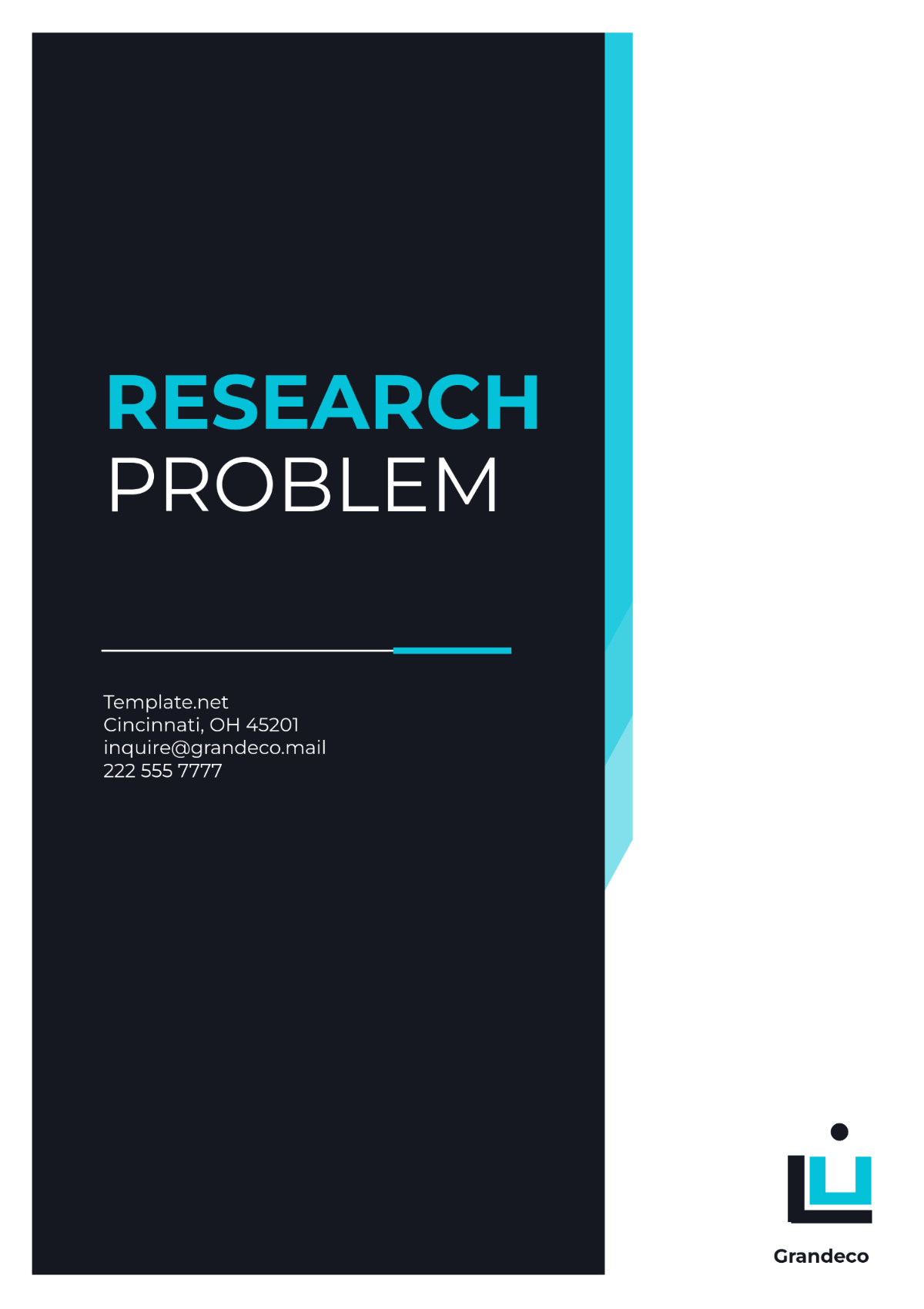Environmental Science and Pollution Research
Institution: [YOUR COMPANY NAME]
Researched by: [YOUR NAME]
I. Introduction
Microplastics, typically defined as plastic particles less than 5 mm in size, have accumulated in marine environments worldwide. This research outlines the scope of microplastic pollution, its sources in consumer products and industrial waste, and the pathways through which these particles enter marine ecosystems.
Despite their size, the ecological ramifications of microplastics are profound. The ingestion of these particles by marine species disrupts biological processes, threatens biodiversity, and potentially impacts human health through the food chain. This introduction sets the stage for a detailed examination of the matter within this paper.
II. Sources and Pathways of Microplastics
A. Major Sources of Microplastics
Consumer products (cosmetics, synthetic textiles)
Industrial processes (plastic beads in blasting)
Waste mismanagement and disposal
Agricultural runoff containing plastic mulches
Maritime activities (shipping, fishing)
B. Pathways to the Marine Environment
Rivers and estuaries
Direct industrial discharges into the sea
Windborne transport from landfills
Deposition from vehicles and urban runoff
Domestic and industrial sewage
III. Effects on Marine Biodiversity
The biodiversity of marine ecosystems is crucial for maintaining the health and balance of our oceans. However, human activities have significantly impacted marine biodiversity, leading to various negative effects. These effects can be seen across different levels of marine life, from microscopic organisms to large marine mammals.
Table 1: Major Threats to Marine Biodiversity
Threat | Description | Consequences |
|---|---|---|
Loss of Habitat | Destruction and degradation of critical marine habitats such as coral reefs, mangrove forests, etc. | Decline in species diversity and abundance, loss of shelter, breeding grounds, and food sources for marine organisms. |
Overfishing | Depletion of fish stocks at a rate faster than they can replenish. | Disruption of marine food webs, reduction in fish populations, and potential collapse of fisheries. |
Pollution | Contamination of marine environments from various sources. | Poisoning of marine life, ecosystem disruption, increased disease spread, and risks to human health. |
Climate Change | Rising ocean temperatures, ocean acidification, and sea level changes. | Alteration of marine habitats, disruption of marine species' life cycles, and increased frequency of extreme weather events. |
Invasive Species | Introduction of non-native species that outcompete native species. | Decrease in native biodiversity, disruption of food webs, and alteration of habitats. |
Acoustic Pollution | Underwater noise pollution from human activities. | Interference with marine organisms' communication, navigation, feeding behaviors, and potential disruption of their life cycles. |
IV. Strategies for Mitigation and Management
A. Policy Recommendations
Implement and enforce stricter waste management regulations
Promote plastic recycling and reuse initiatives
Ban or reduce production and use of single-use plastics
Encourage the development of biodegradable alternatives
Increase public awareness and education on the impacts of plastic pollution
B. Research and Technology Advancements
Development of more efficient plastic waste processing technologies
Enhanced bioremediation techniques using microorganisms
Innovations in non-plastic material science
Improved monitoring and modeling of microplastic dispersal
Funding and support for longitudinal environmental studies
V. Conclusion
The findings from this research suggest a critical need for integrated strategies combining policy change, technological innovation, and community involvement to tackle the issue of microplastics effectively. With concerted efforts, it is possible to mitigate the impacts of microplastics on marine biodiversity and ensure the health and longevity of our ocean ecosystems.
The comprehensive insights provided serve as a directive for immediate action, guiding stakeholders at all levels from global policymakers to local communities and individuals to participate actively in resolving one of the most pressing environmental issues of our time.
VI. References
Jones, A.M., et al. (2020). Microplastics in marine environments: Implications and solutions. Journal of Environmental Sciences.
Smith, J. (2021). The long-term effects of microplastics on marine wildlife. Marine Biology Reports.
Lee, K., et al. (2018). Global policy and plastic management strategies. Policy Review Journal.
Green, N. & Brown, T. (2019). Technologies combatting plastic pollution. Advances in Environmental Research.
Miller, R. (2022). Public influence on environmental policy—A case study. Journal of Social Change.
